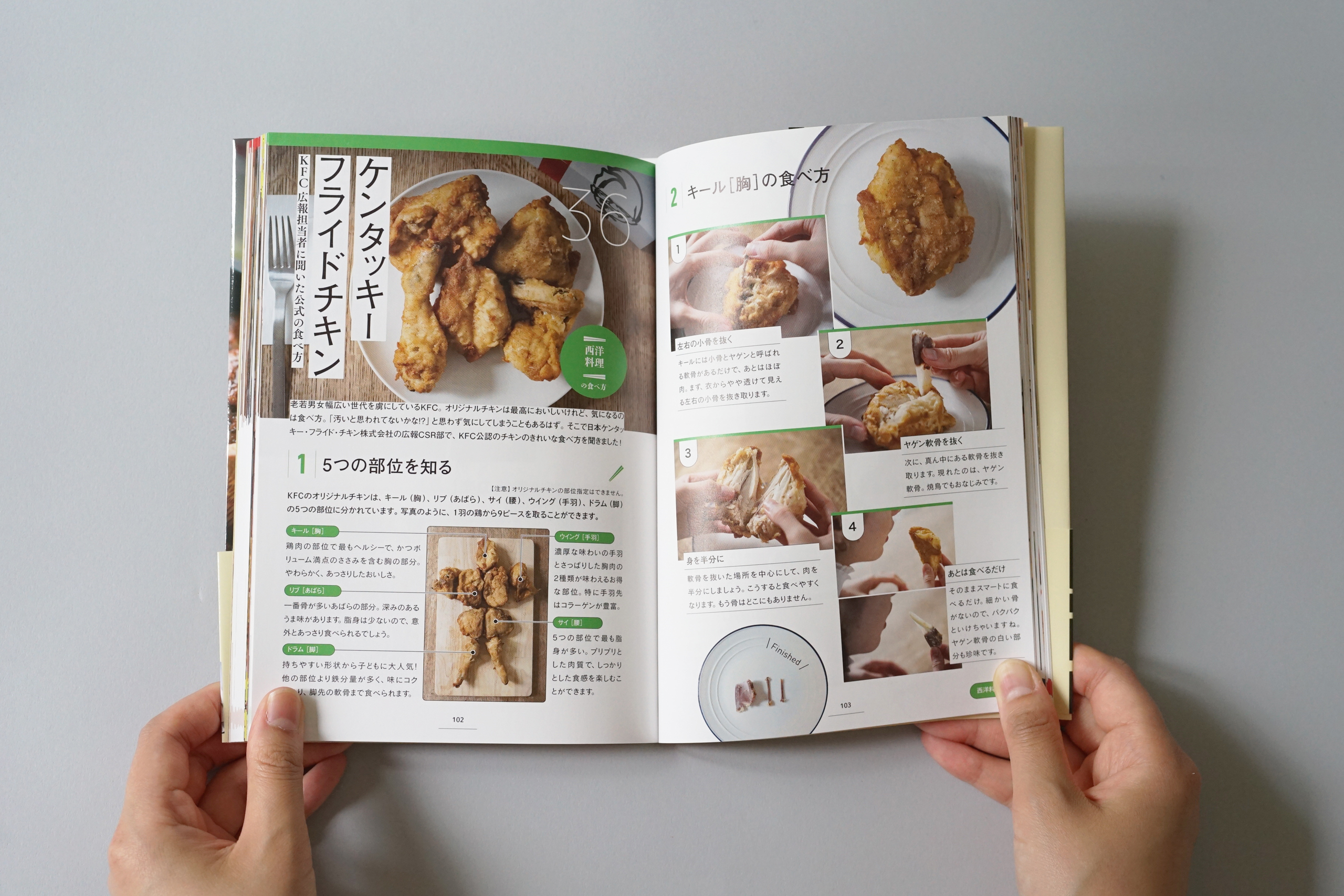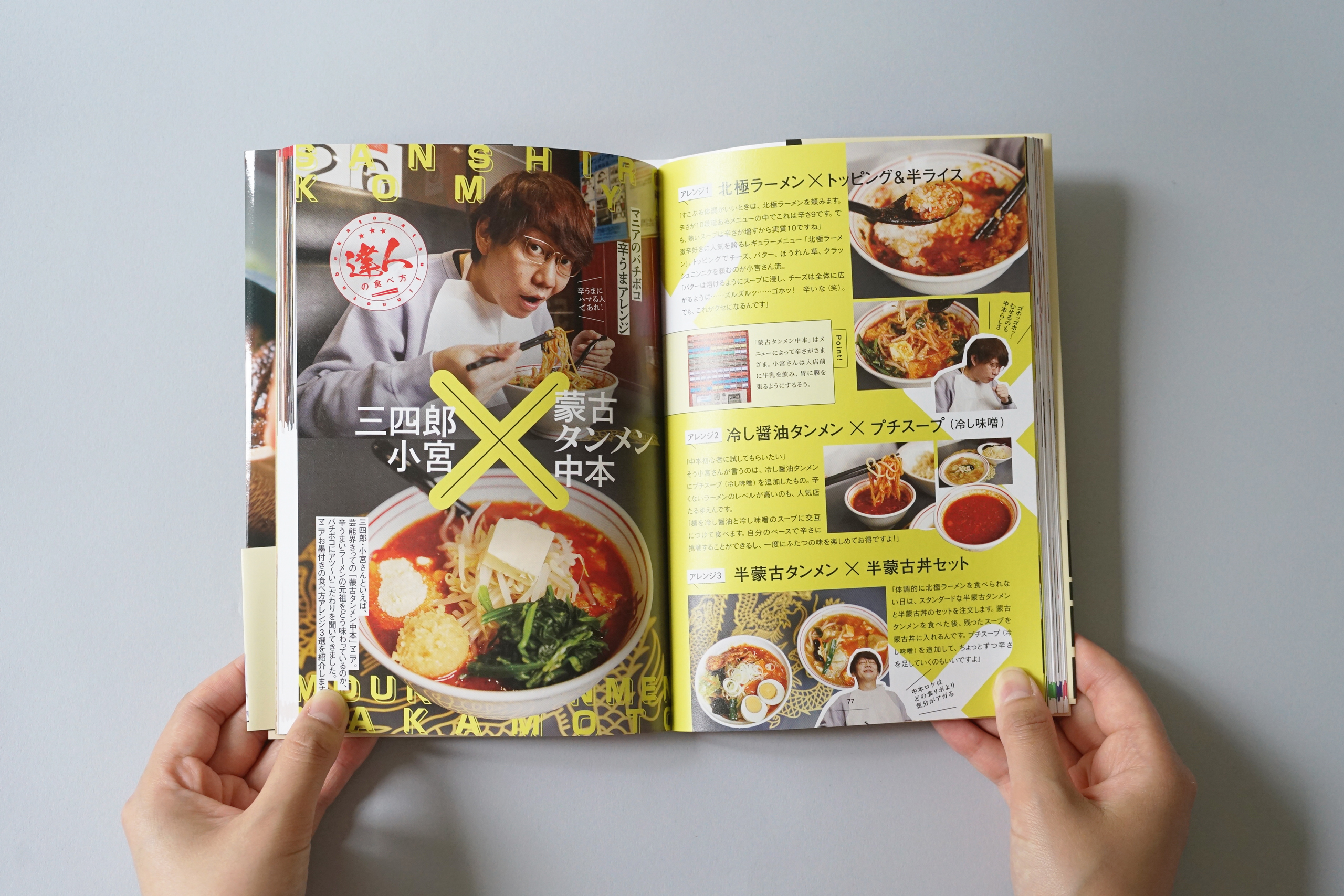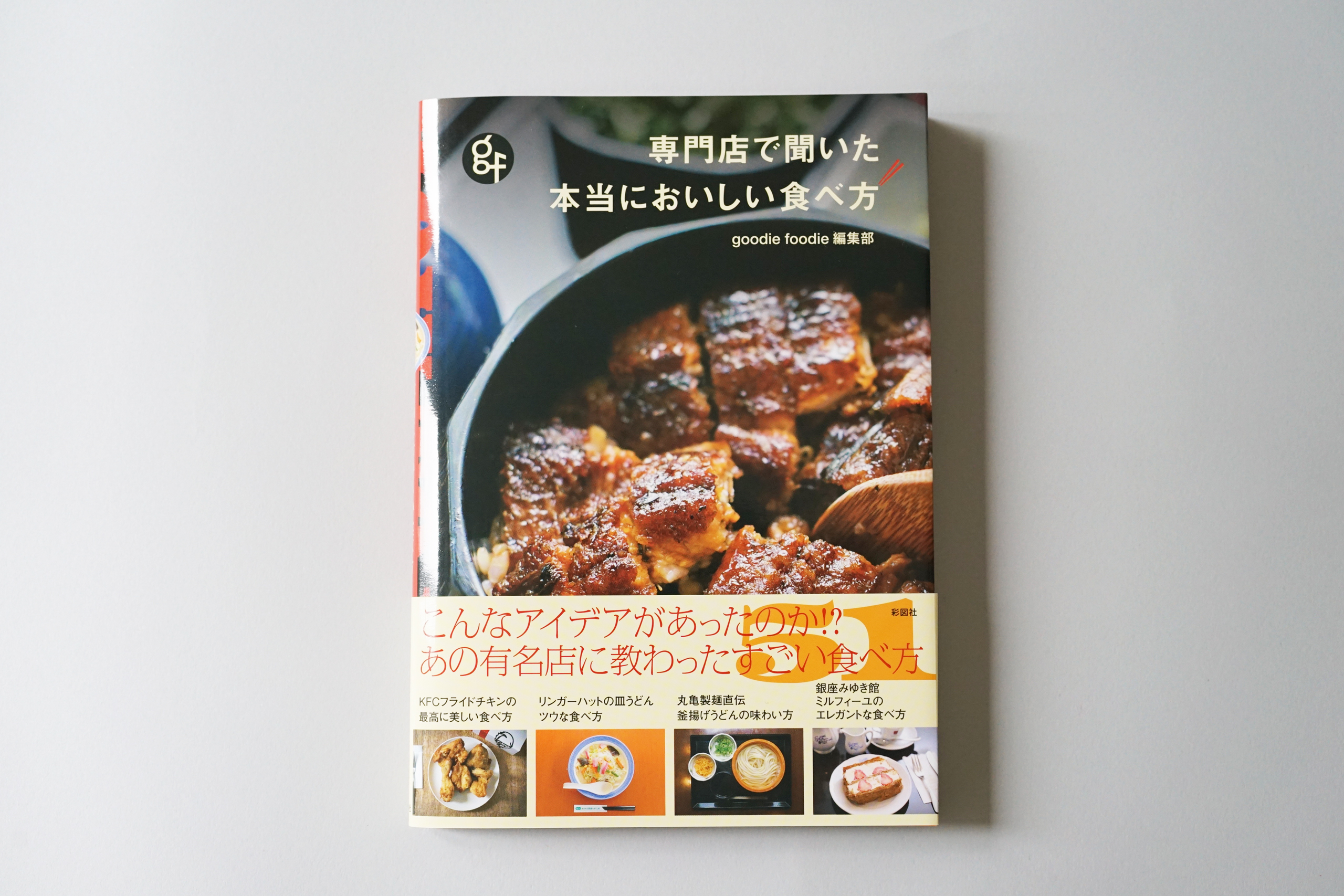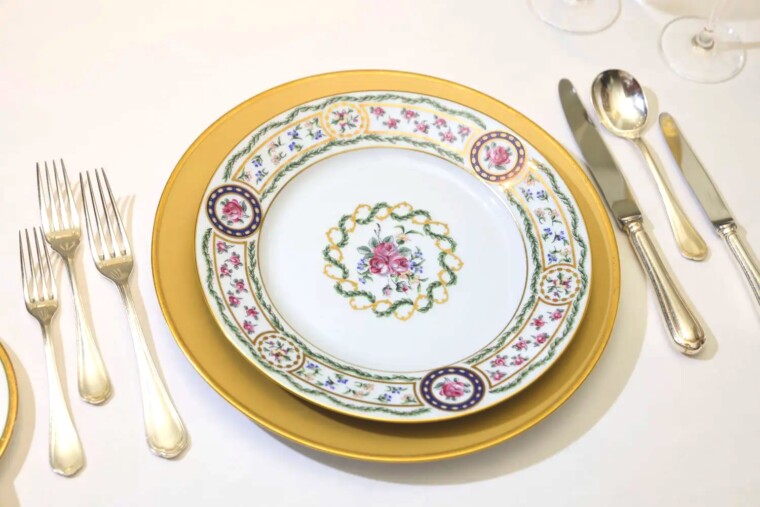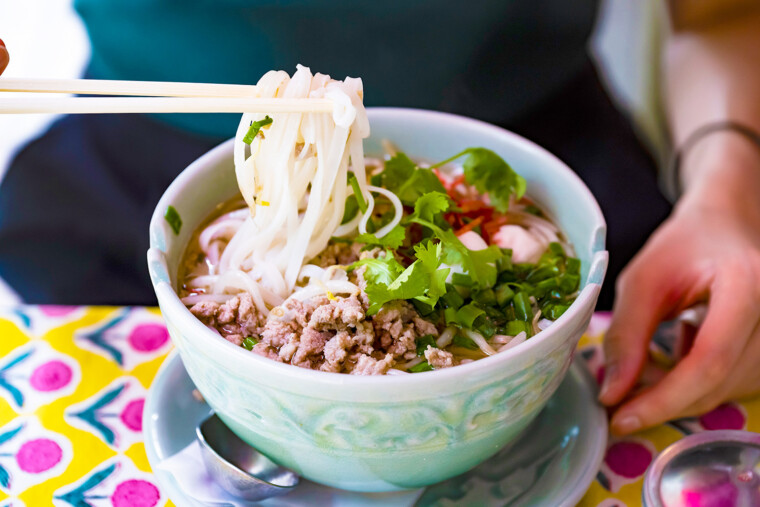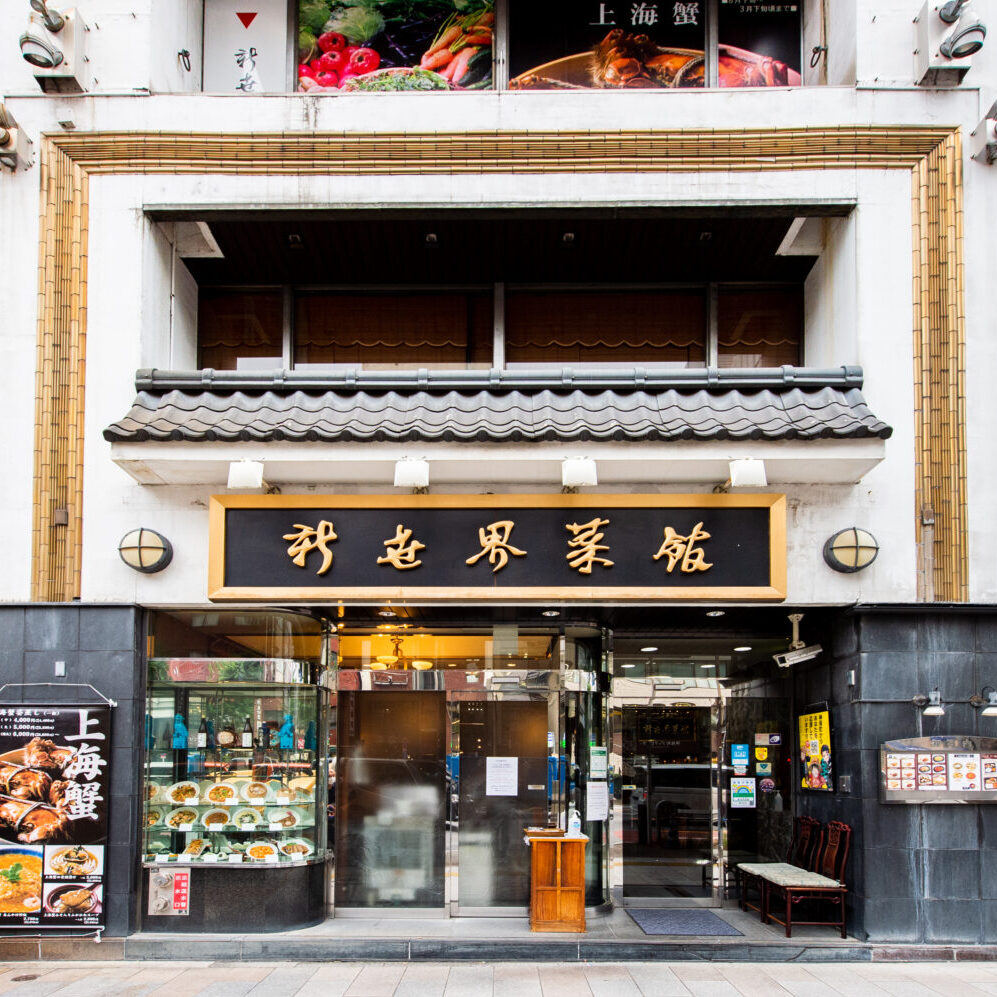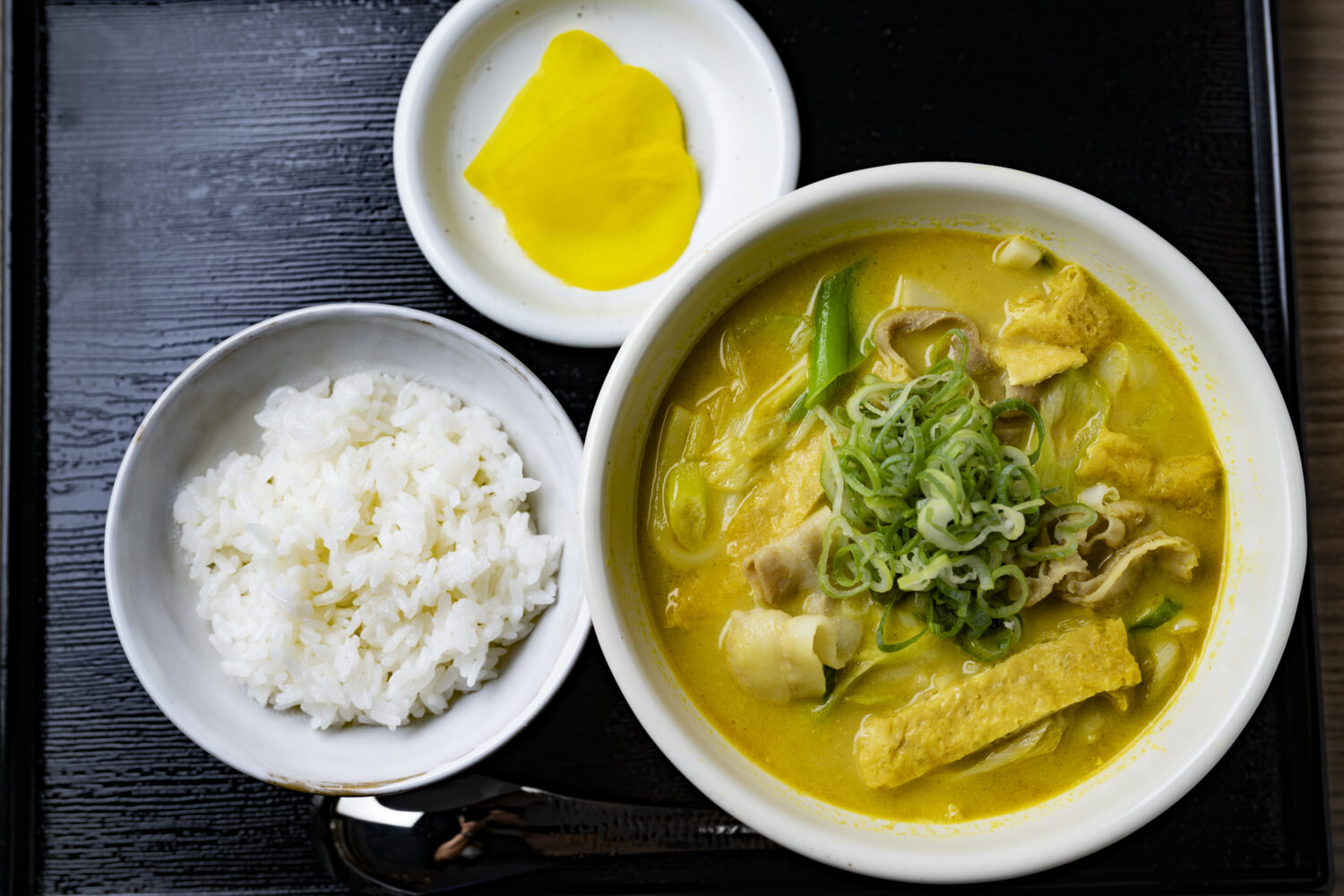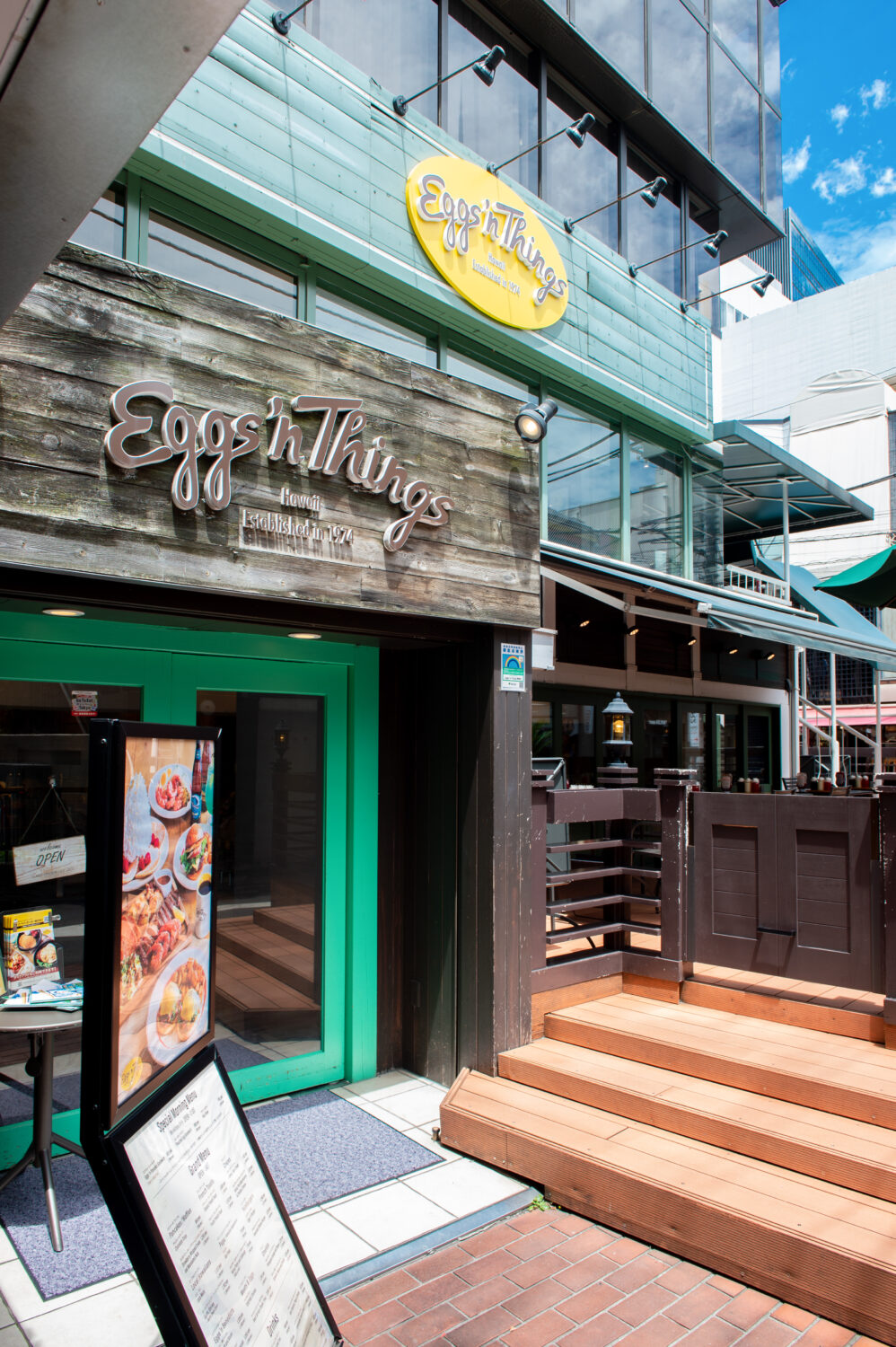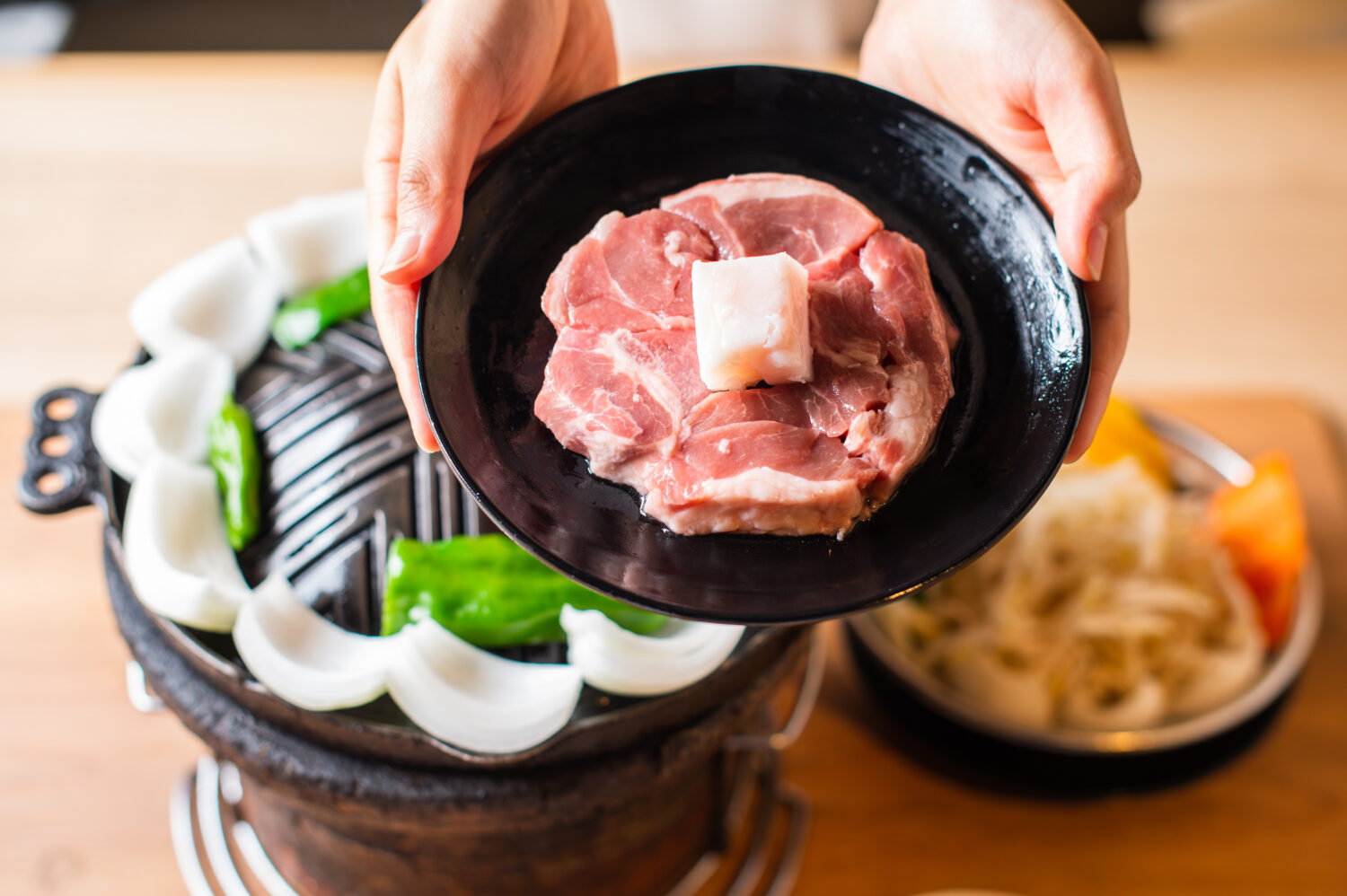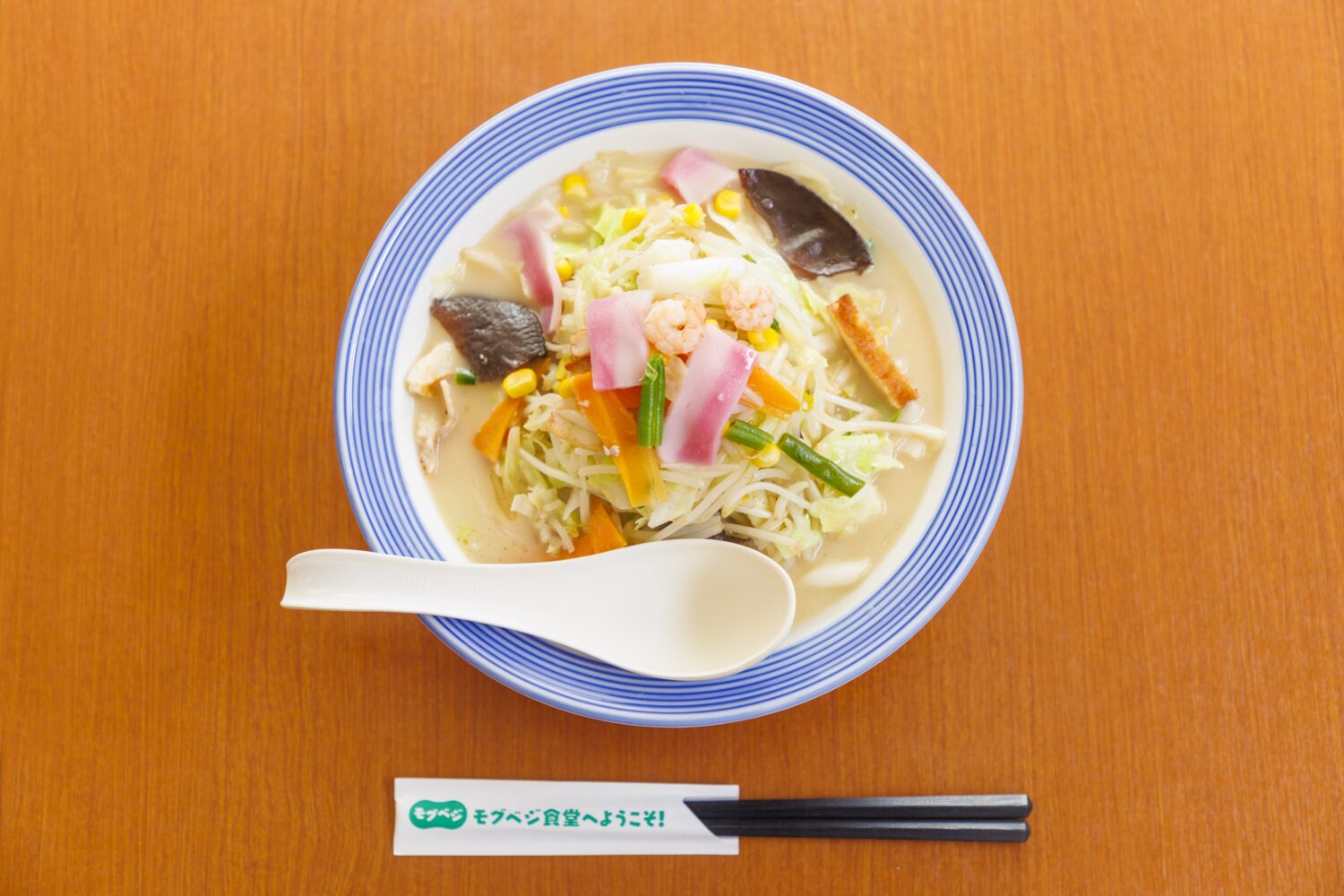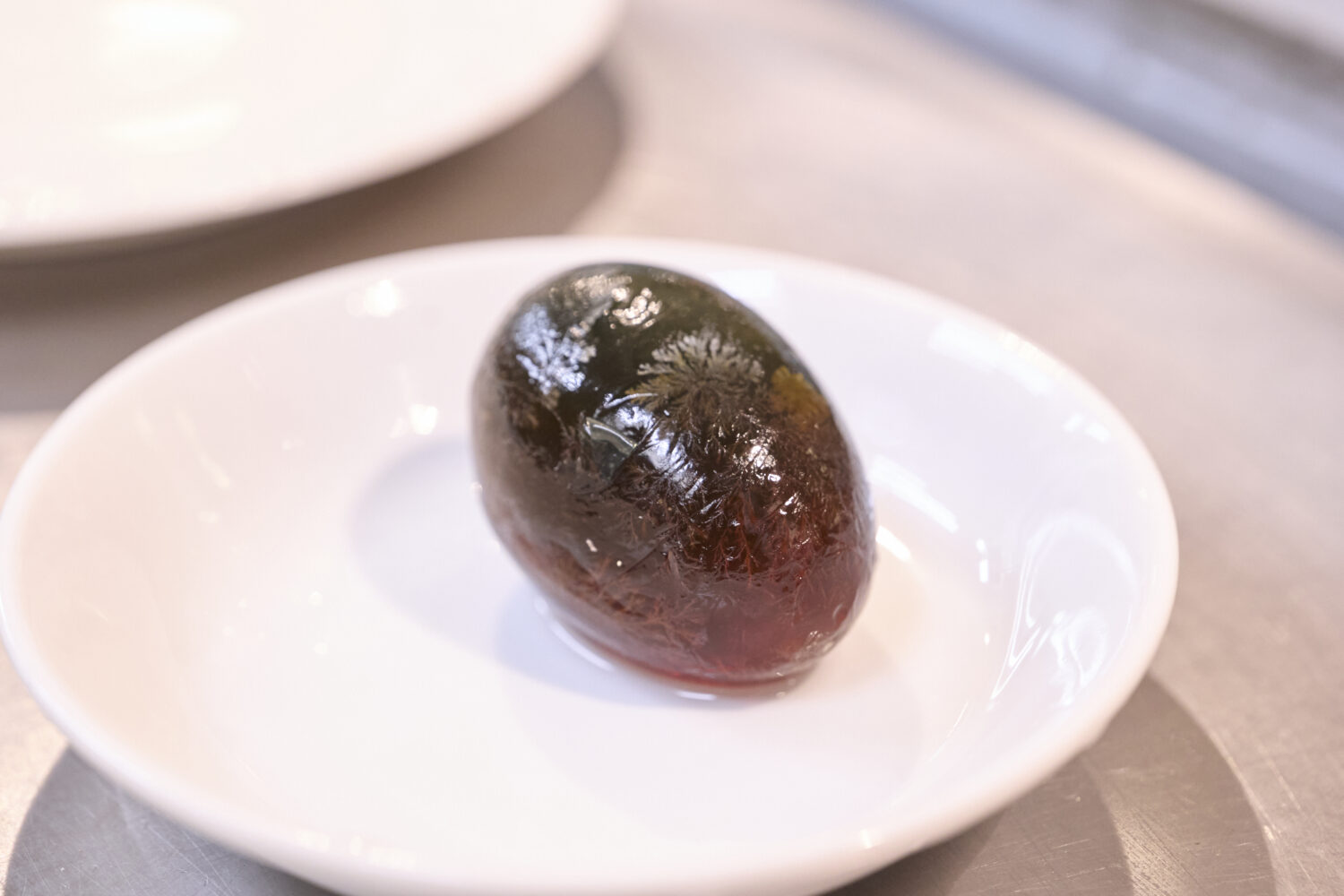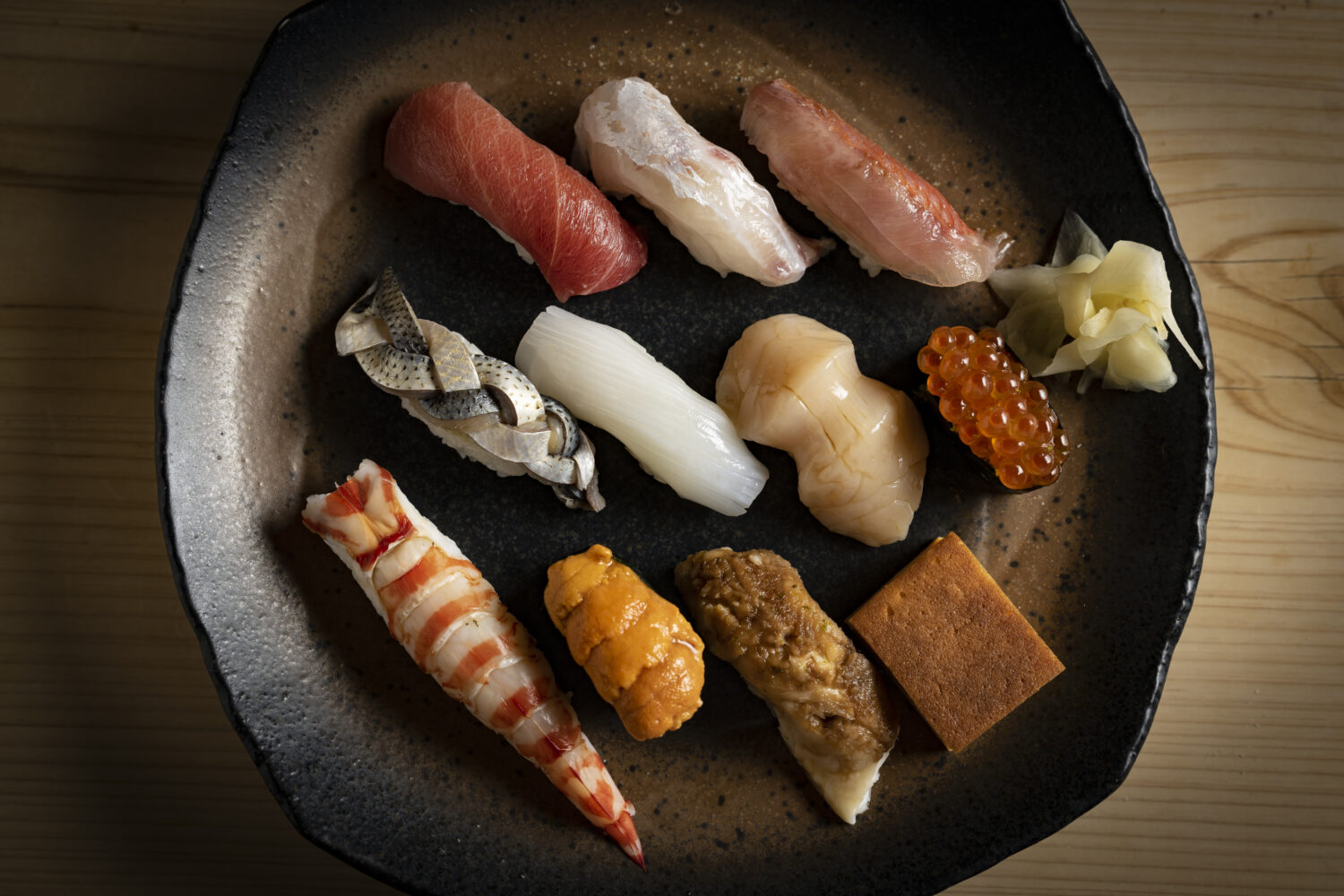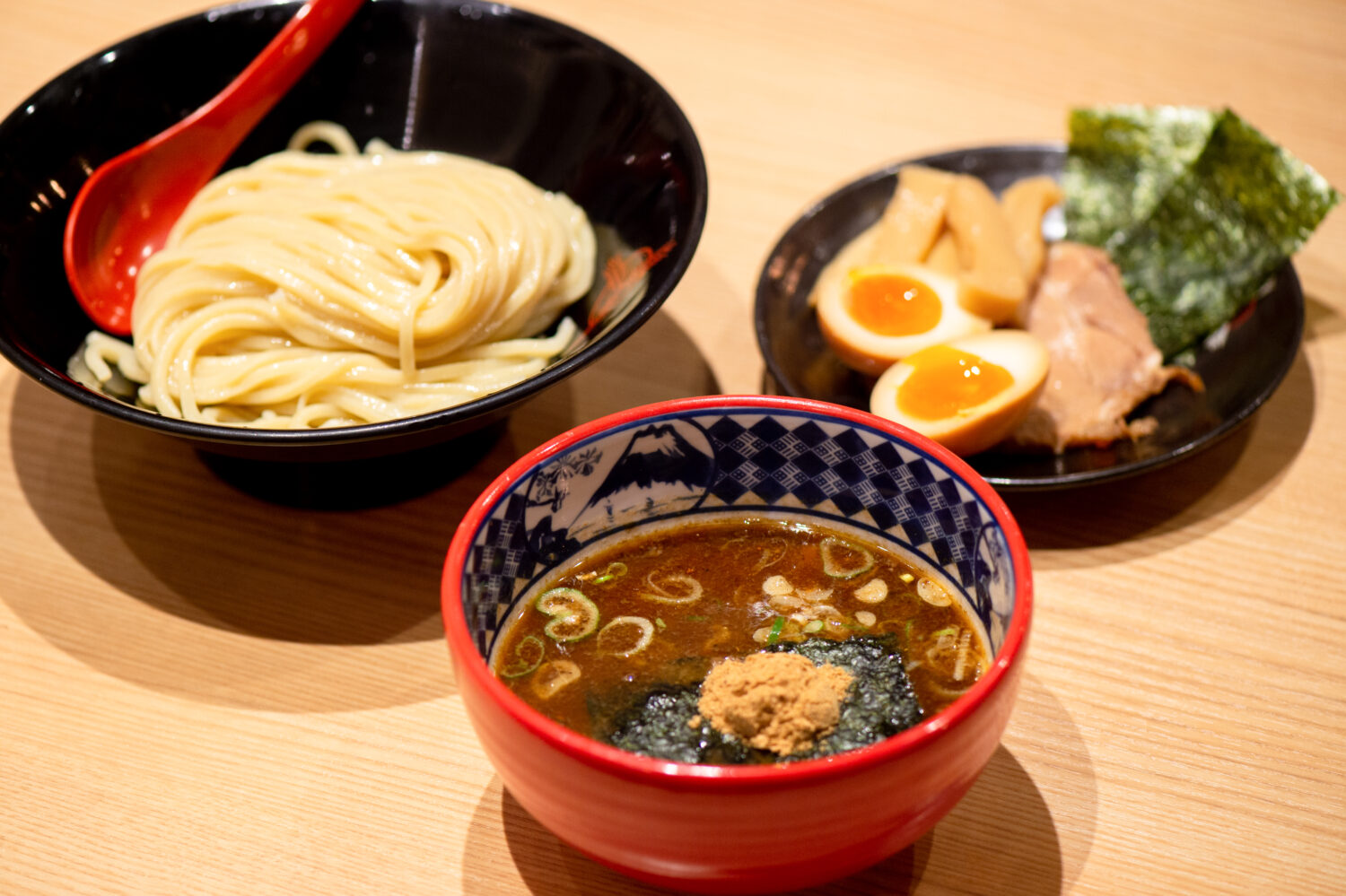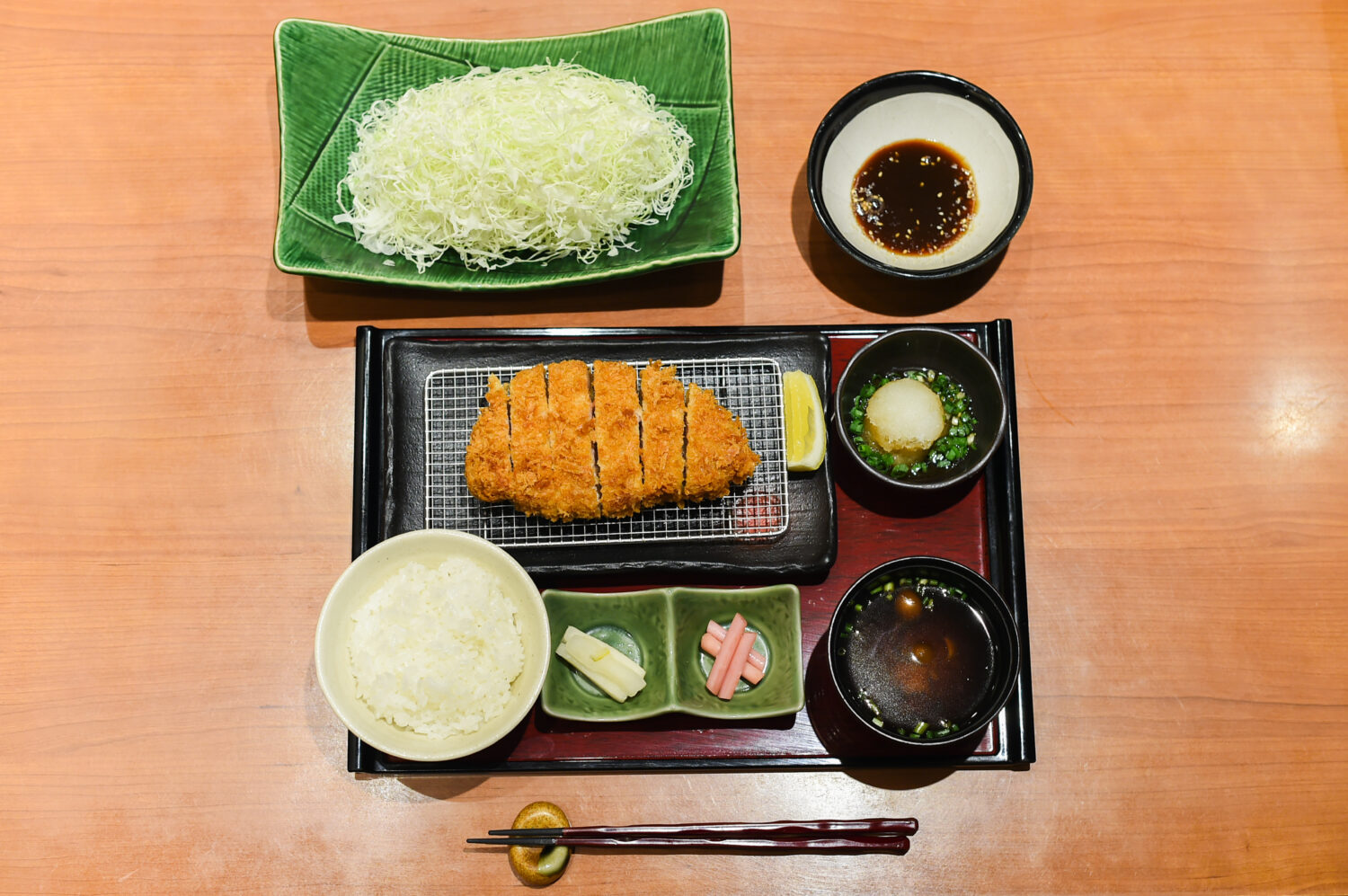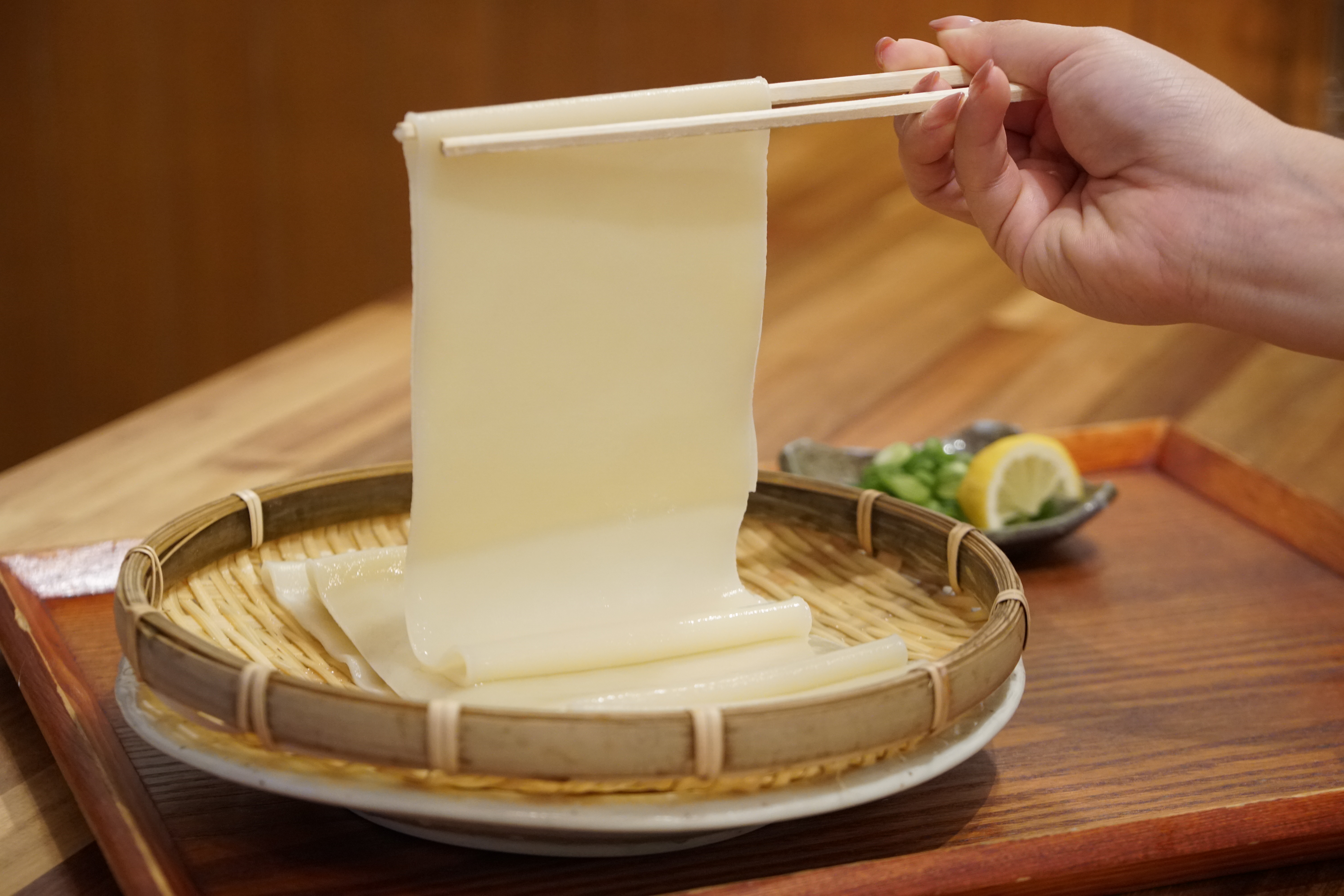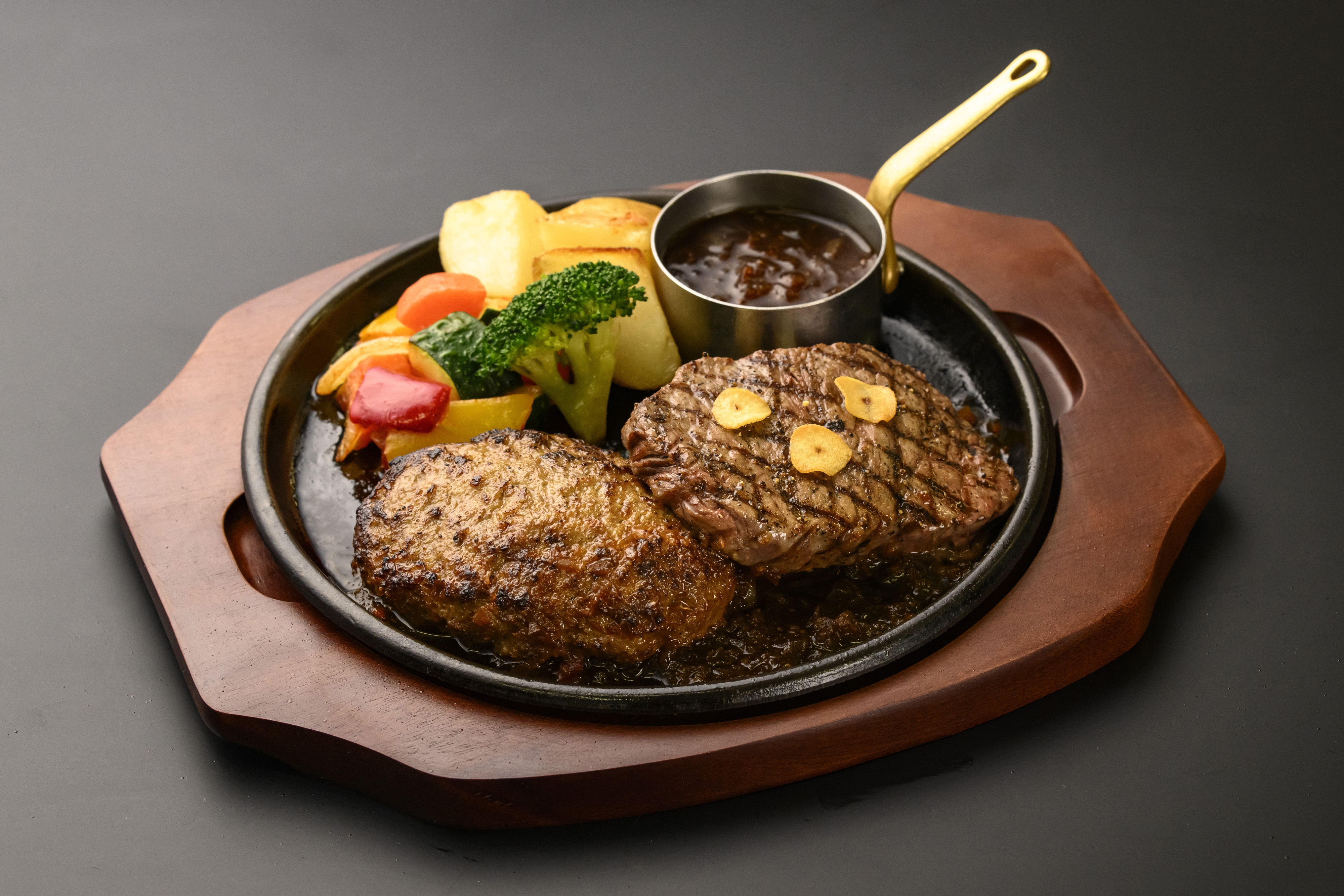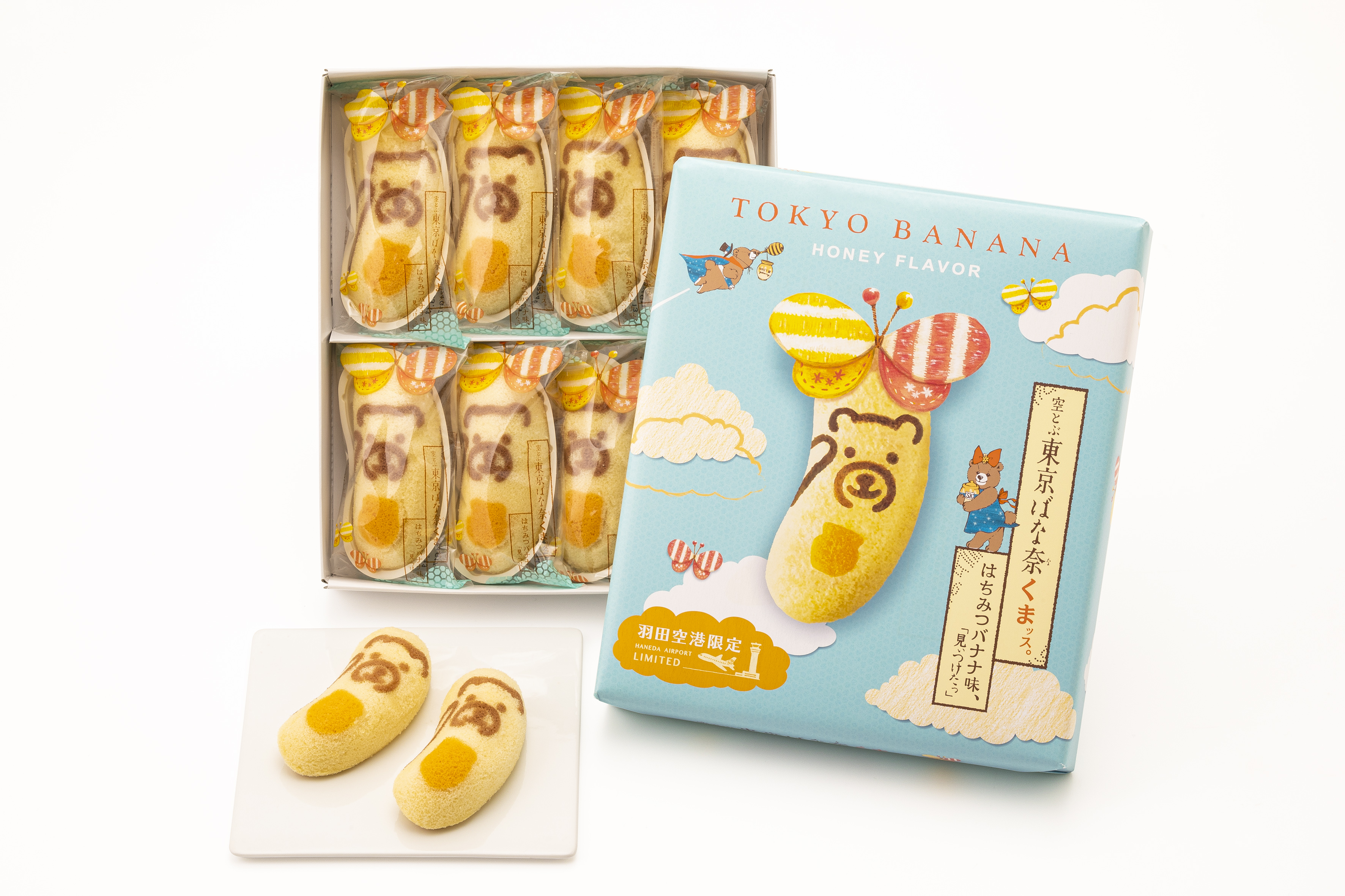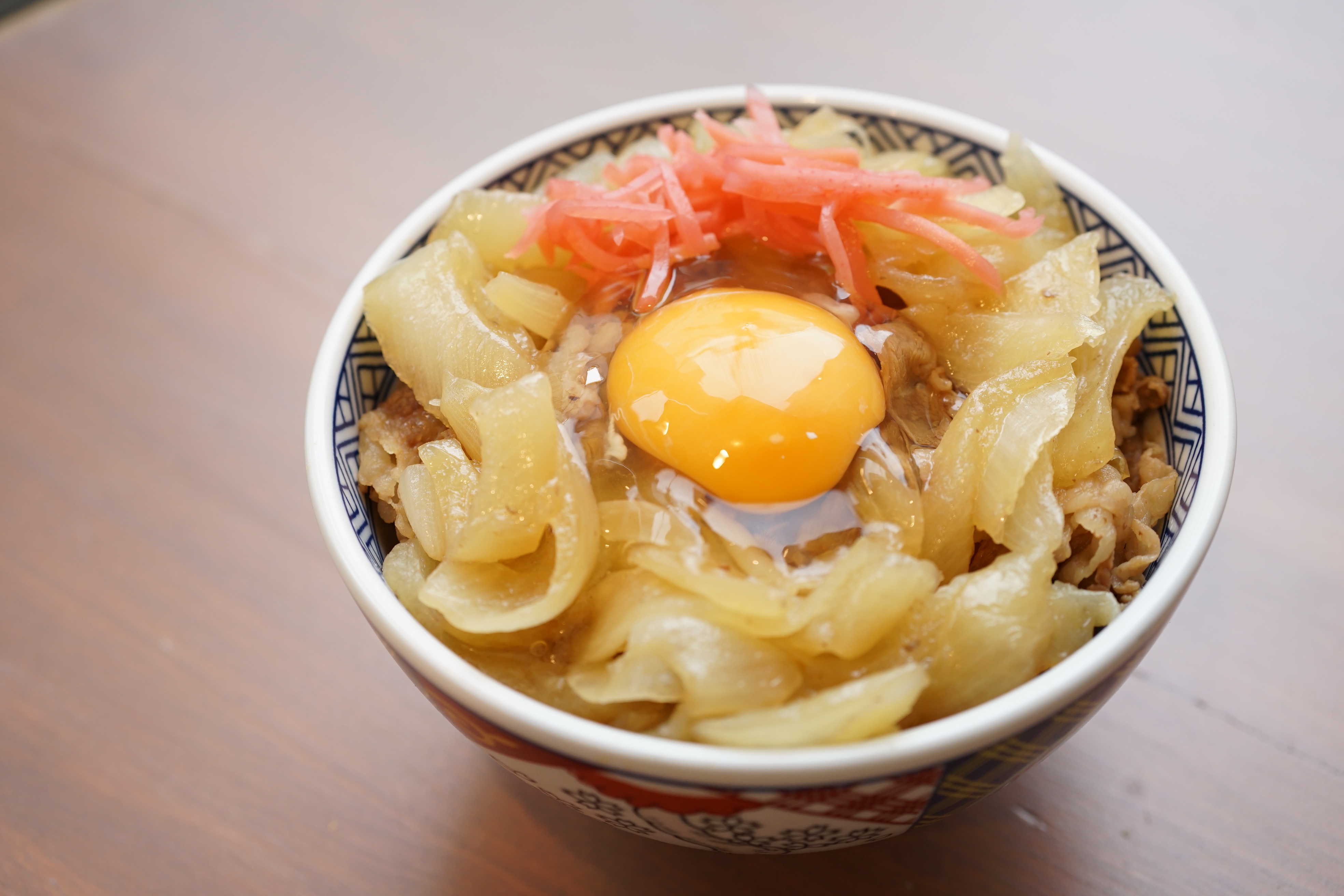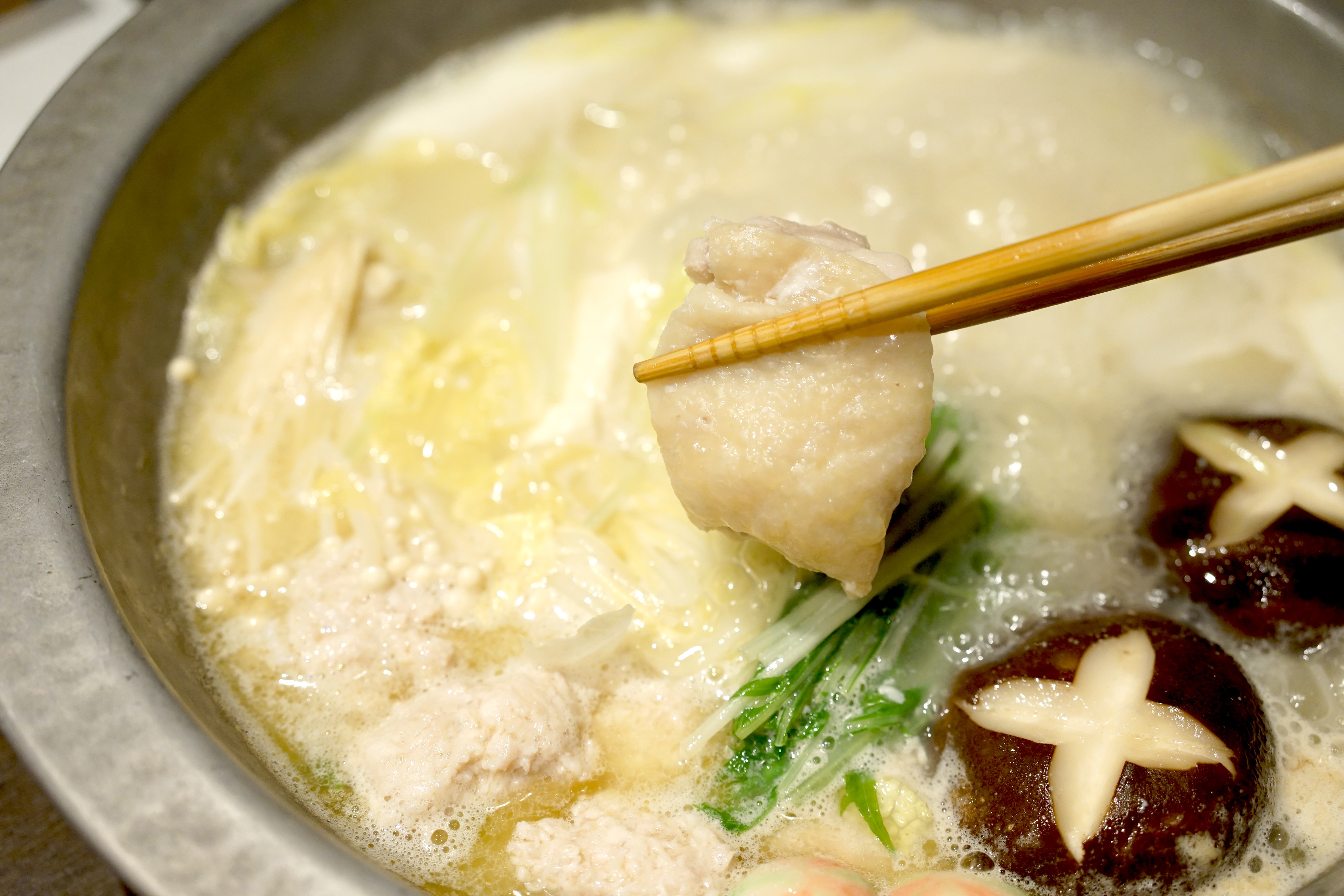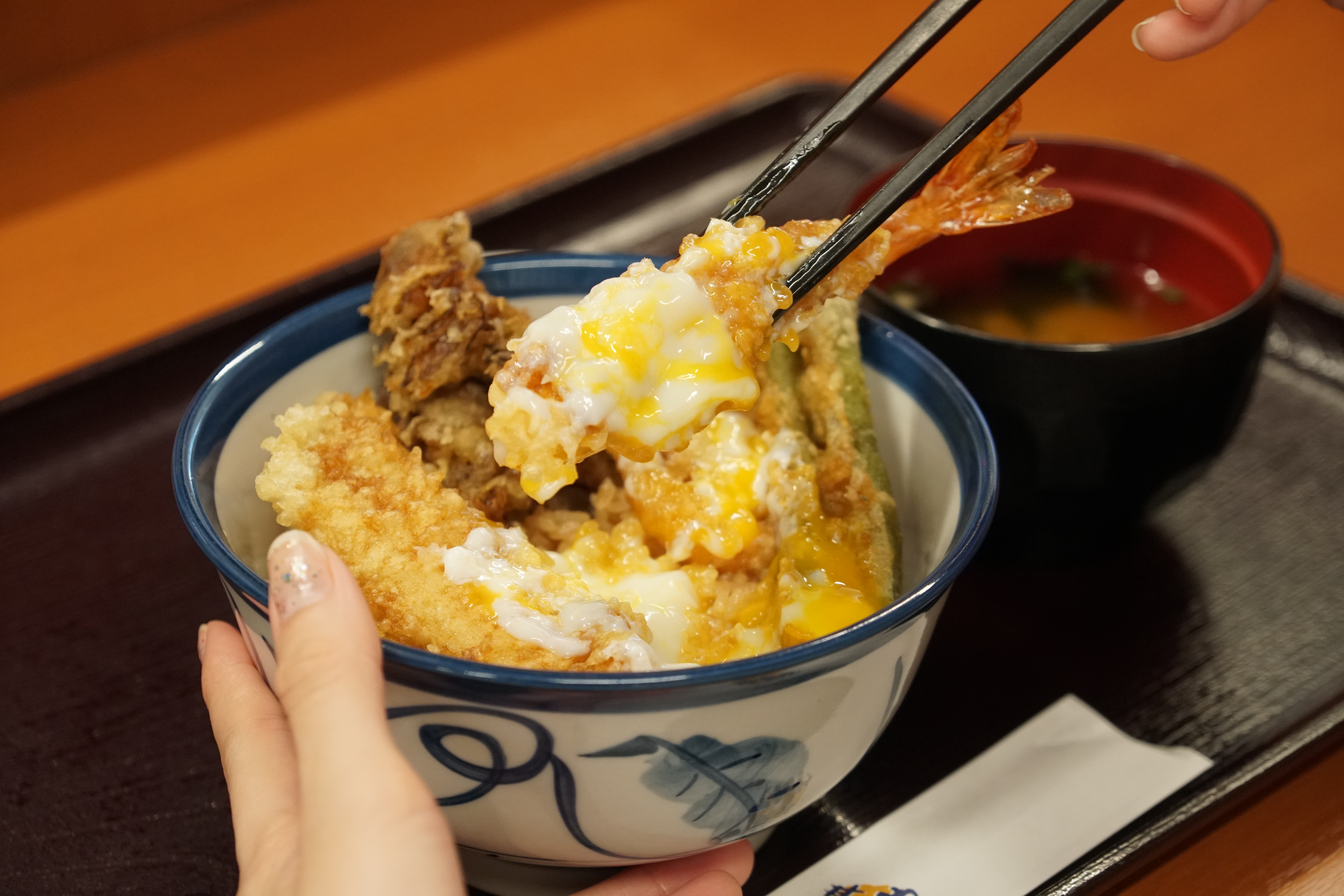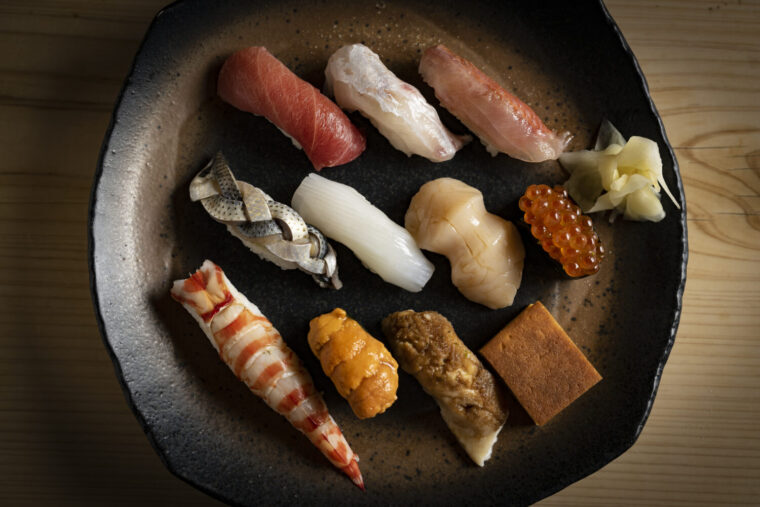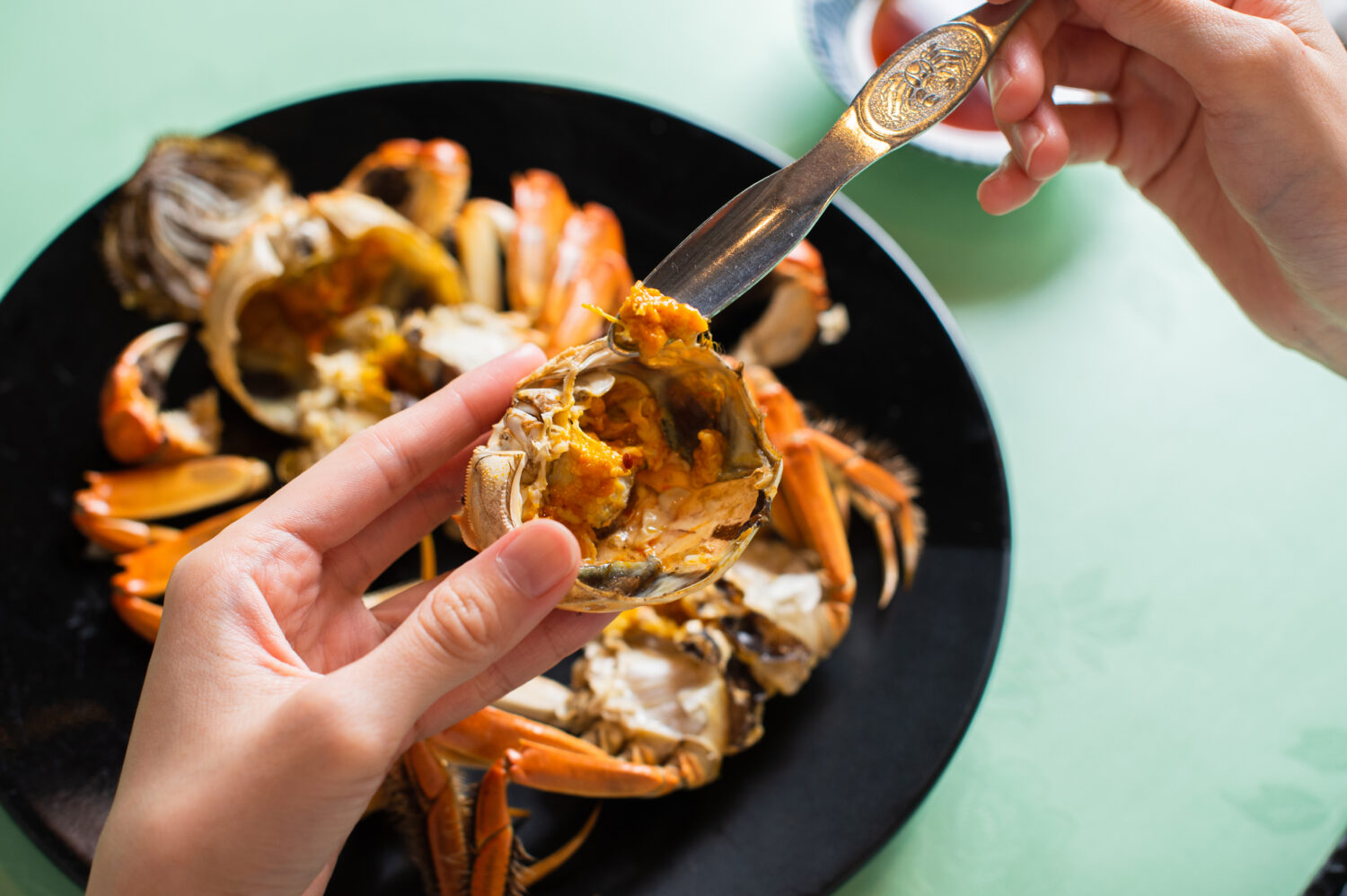
How to Eat Shanghai Crab: The Ultimate Guide to Male vs. Female, Dissection, and Flavor Tips
Shanghai crab is a beloved autumn delicacy in China. As a high-end ingredient that isn’t very familiar to many in Japan, there are likely quite a few people who’ve never had the chance to try it. So this time, we visited the long-established Chinese restaurant Sinsekai Saikan to learn everything—from how to dismantle a Shanghai crab to the best way to enjoy its rich flavor.
share:
Table of Contents
What Is a Shanghai Crab?
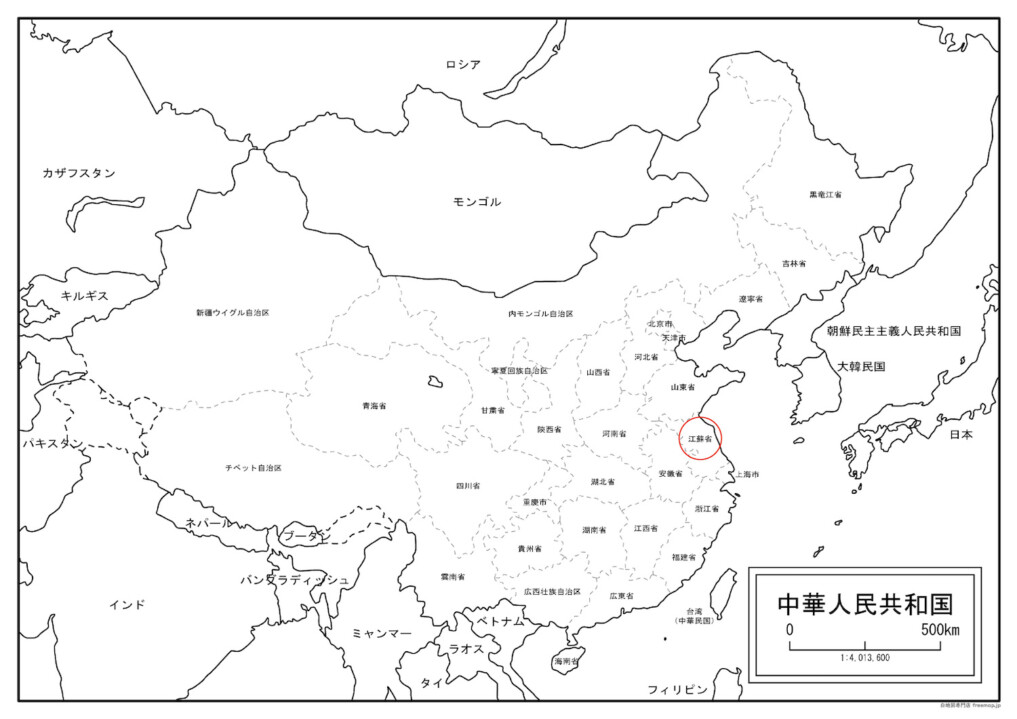
Shanghai crab is actually the same species as the Japanese “mokuzugani” (Chinese mitten crab). Despite the name “Shanghai,” these crabs are typically farmed in clean inland waters, often far from Shanghai. Many are raised in high-quality water lakes in the suburbs of Jiangsu Province, with Yangcheng Lake being one of the most famous farming locations.
Best Season Is Autumn!
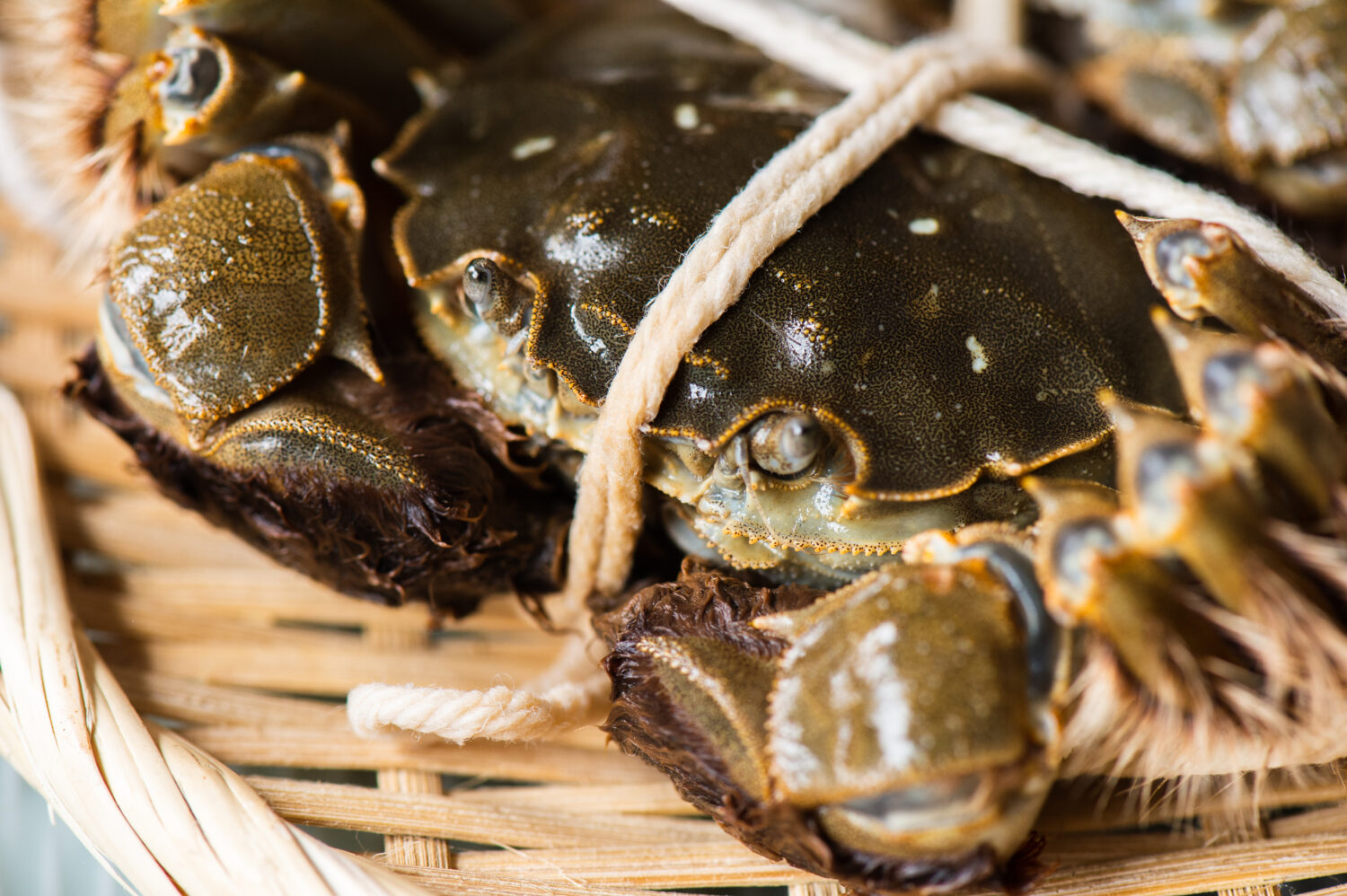
In Japan, most restaurants start serving Shanghai crab between October and December.
Because freezing the crab affects its flavor and quality, they are cooked immediately after being shipped. For this reason, they are airlifted alive from China and delivered directly to restaurants from the airport.
Shanghai crabs are designated as an invasive species in Japan, so live ones are generally only handled by restaurants. If you want to enjoy fresh Shanghai crab, head to a Chinese restaurant.
Comparing Male and Female
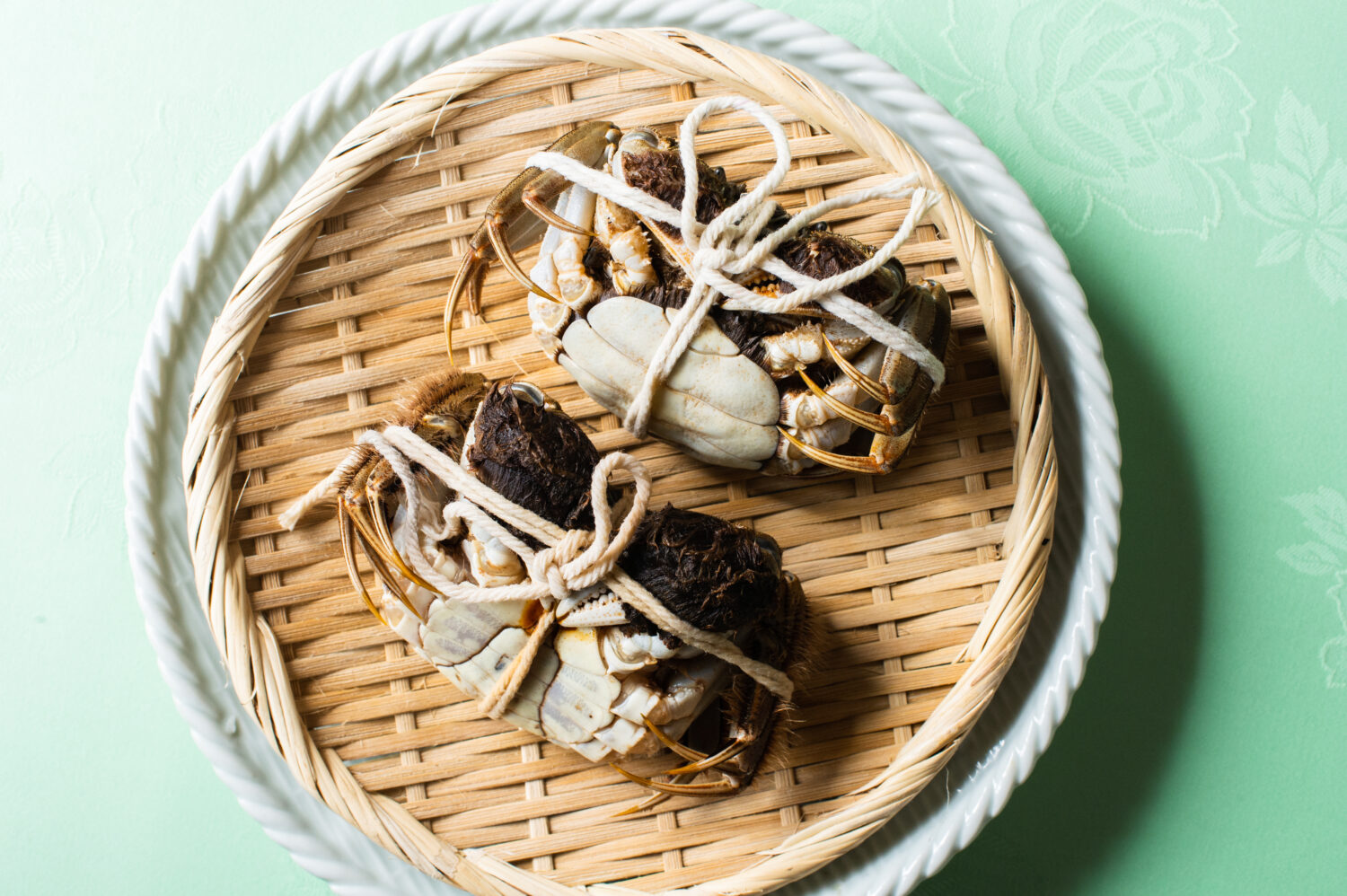
We visited the long-established Shanghai restaurant “Shinsekai Saikan” to try a tasting menu comparing male and female crabs.
To tell them apart, look at their bellies—males have a triangular flap, while females have a flat, horizontally-lined one. Inside, females carry eggs, and males are filled with rich crab tomalley (miso). After November, males gain more fat, while females begin to lose body mass due to carrying eggs. Restaurants typically recommend eating females early in the season and males from mid-November onward.
Cut the String
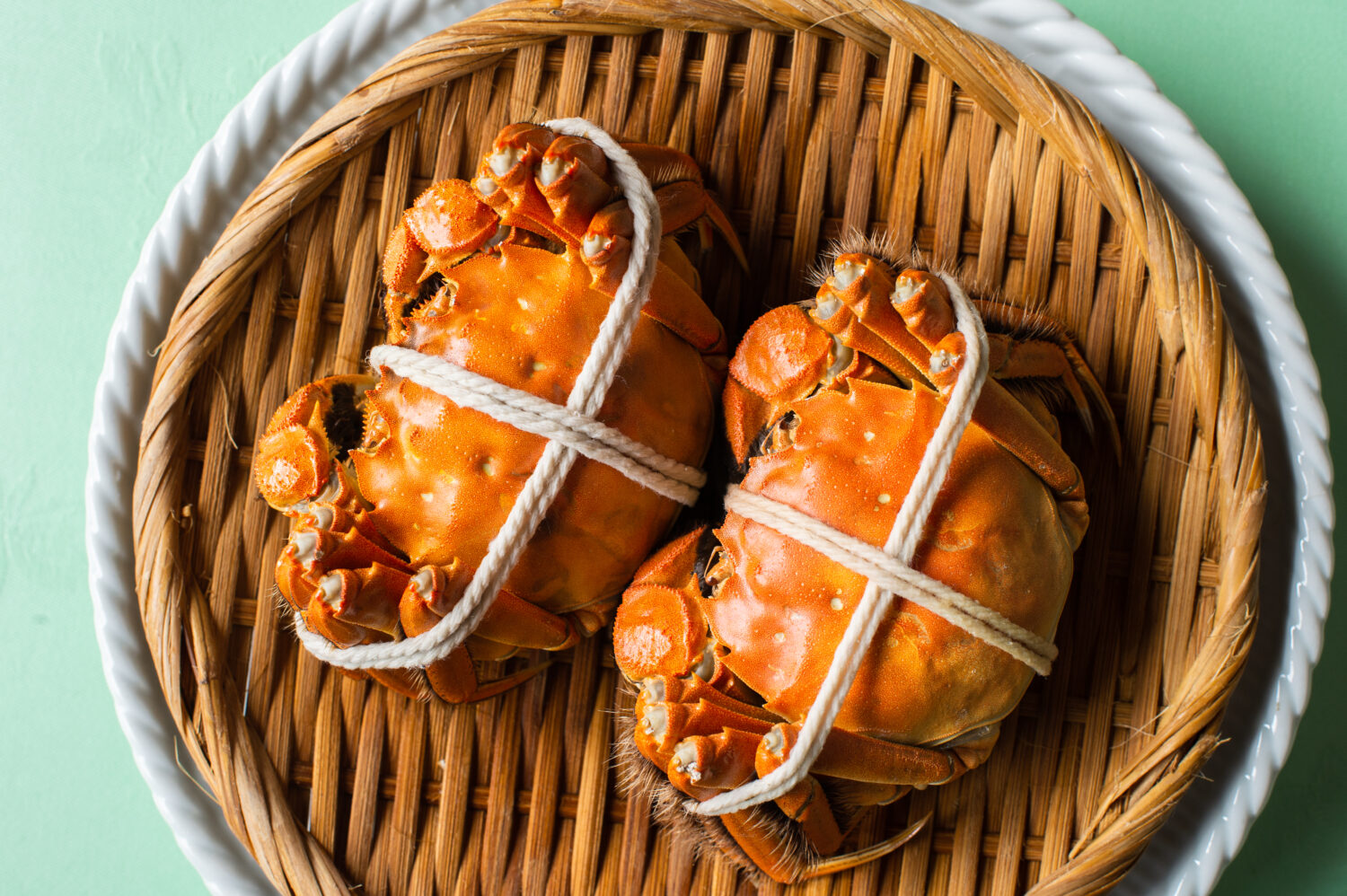
About 20 minutes after ordering, a steaming hot Shanghai crab appears, emitting a delicious aroma. Shanghai crabs are steamed rather than boiled to prevent the miso from leaking out.
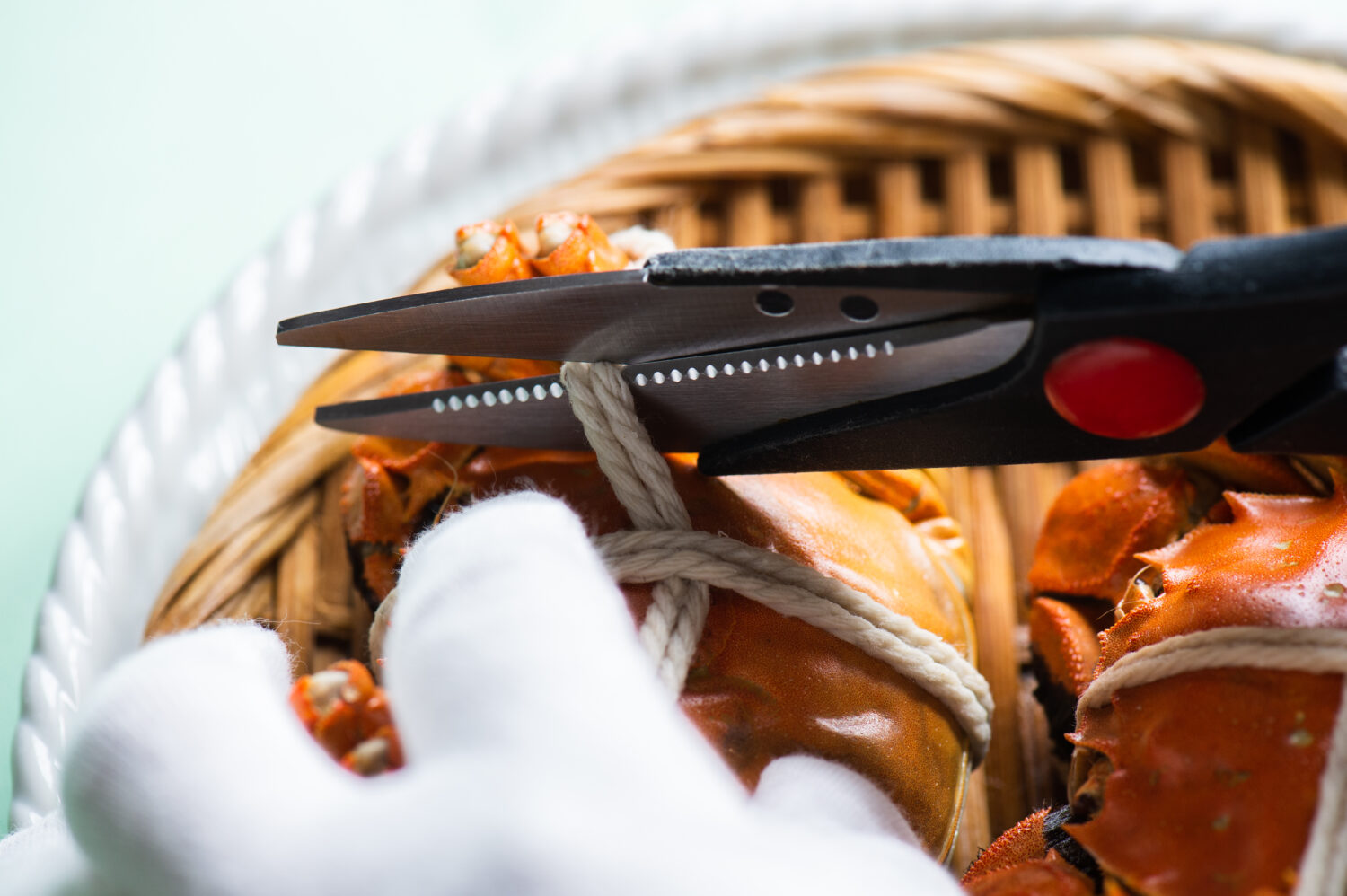
First, cut the criss-crossed string. The string is tied to prevent the crab’s legs from getting tangled or falling off during transport, and also to keep the crab from moving and losing quality.
Dissecting the Female
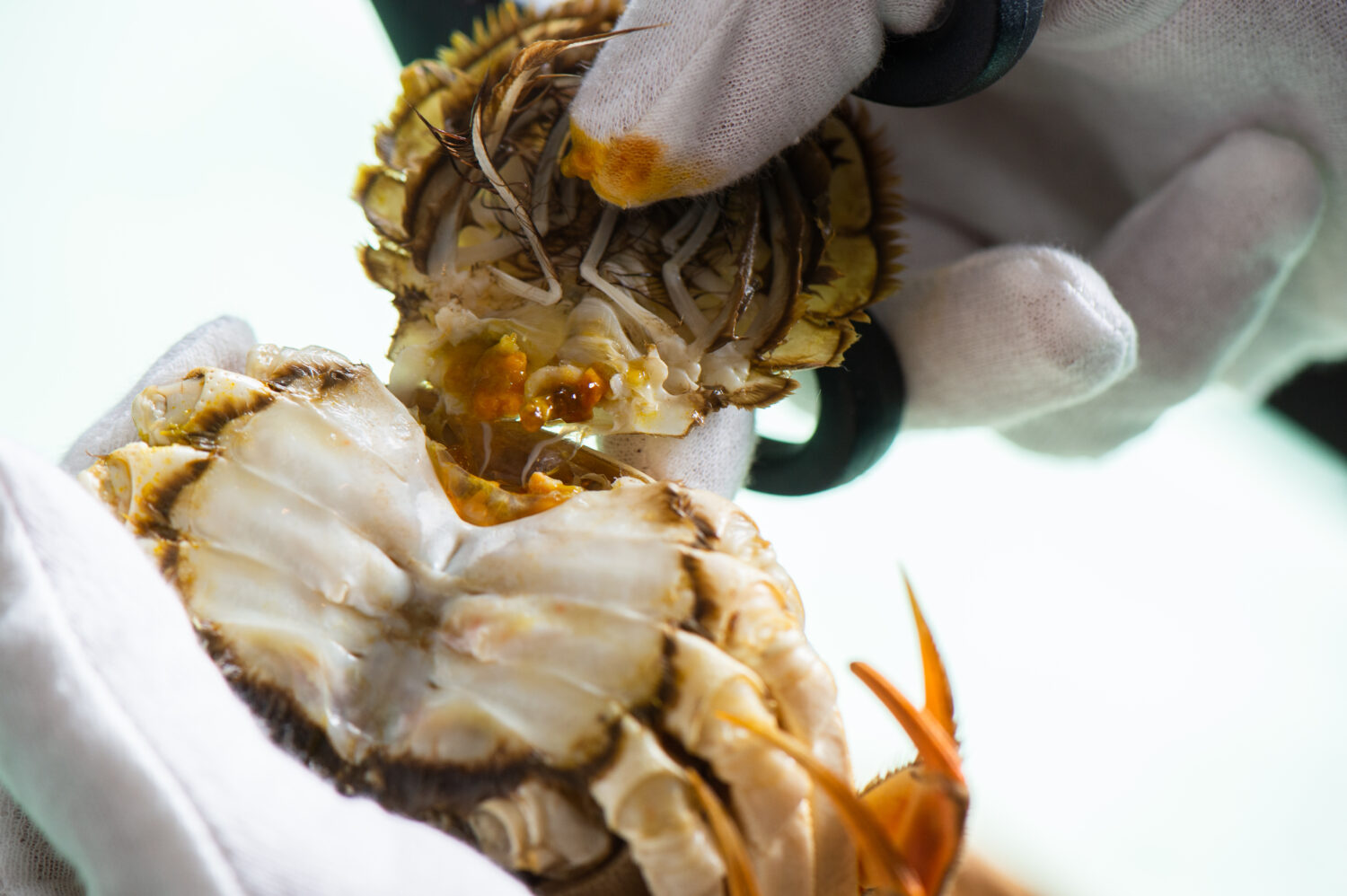
We start by dissecting the female. Begin by removing the underside flap, called the “fundoshi.” The orange part inside is the roe.
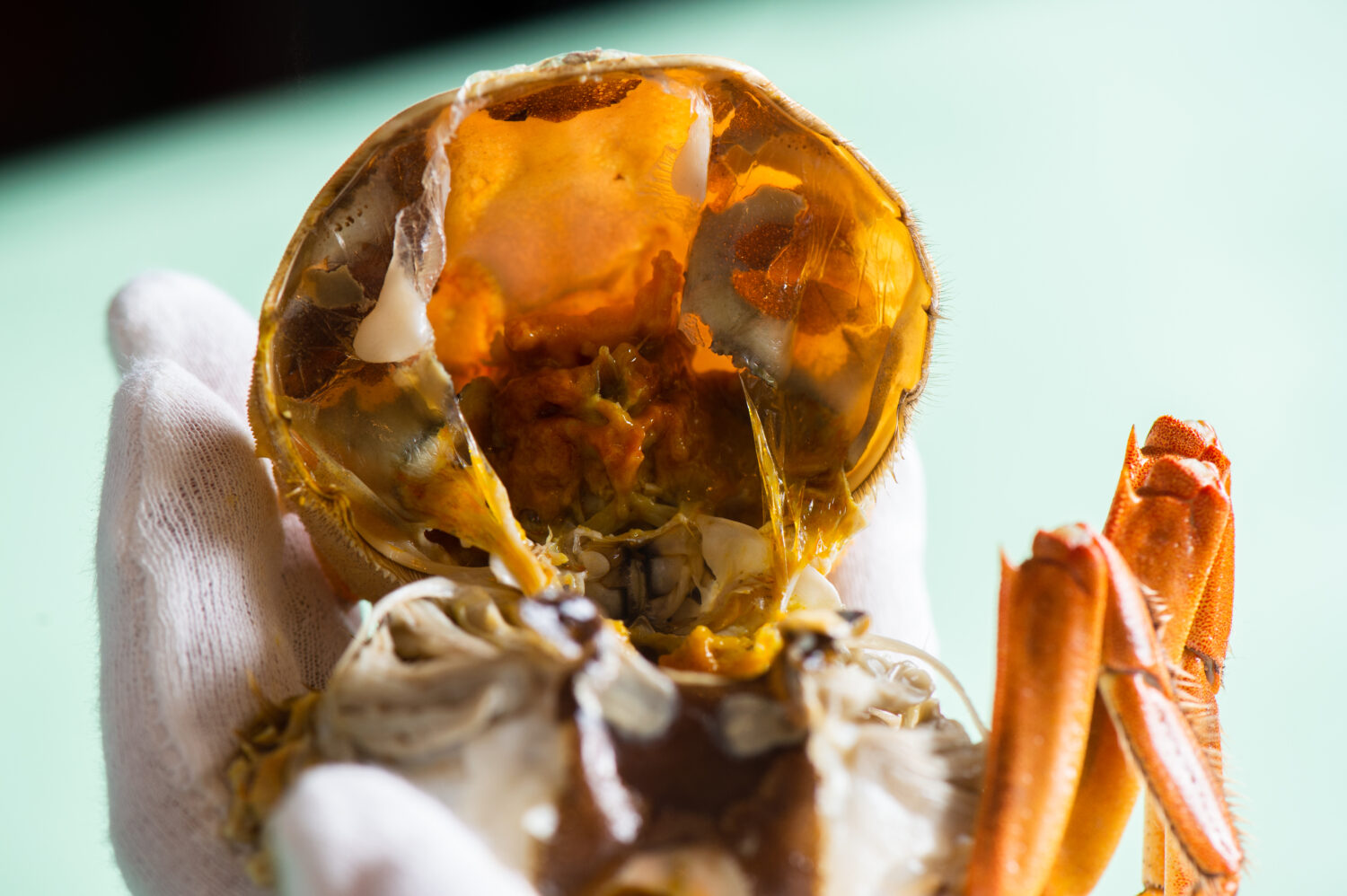
Next, remove the top shell. It looks painful…
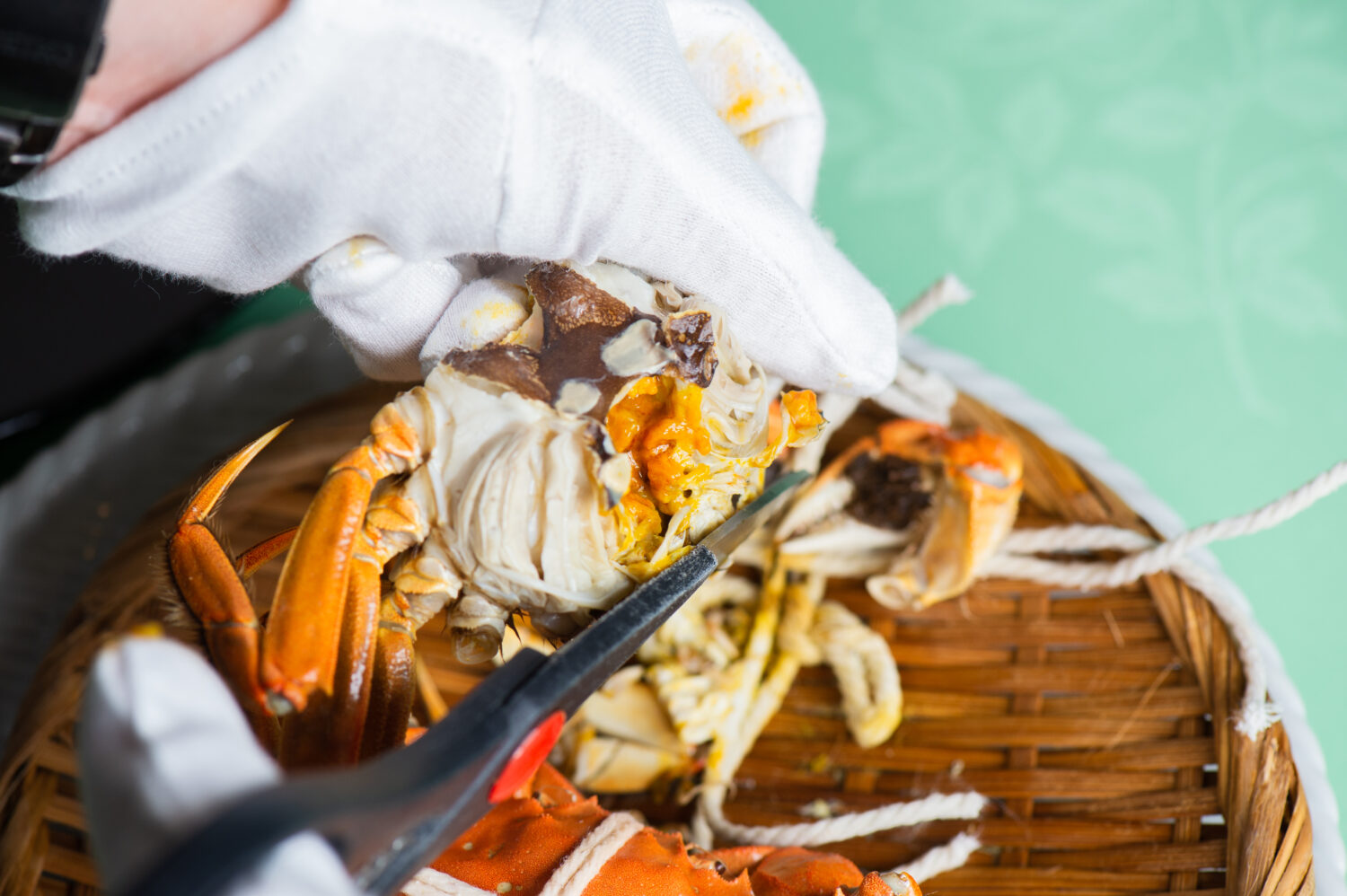
Use scissors to cut off and remove the eyes.

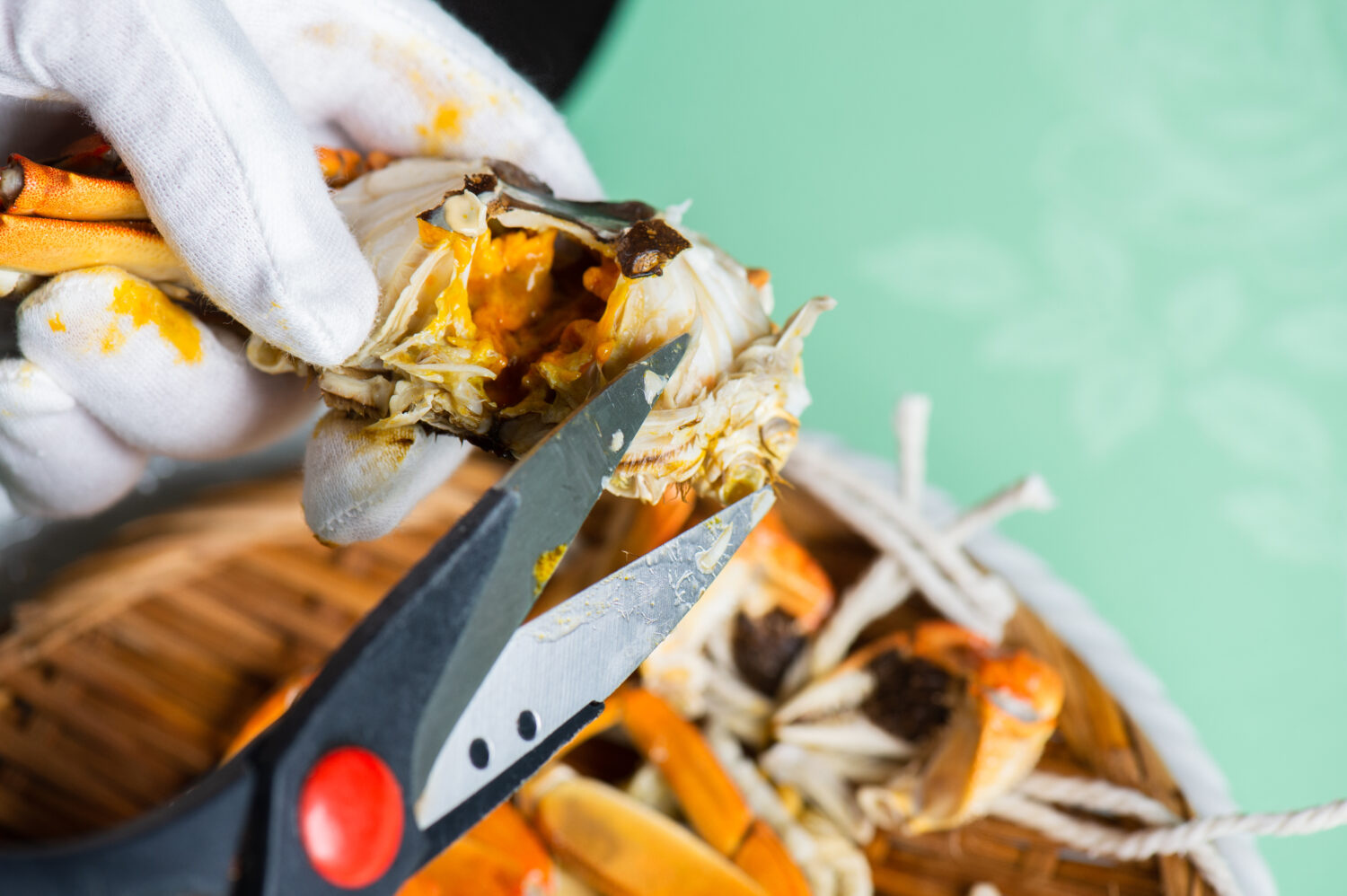
Although most parts are edible, one part is not: the “gani,” or lungs, located on either side of the body. These often contain bacteria and must be removed.

Finally, insert scissors into the middle of the body and split it vertically.
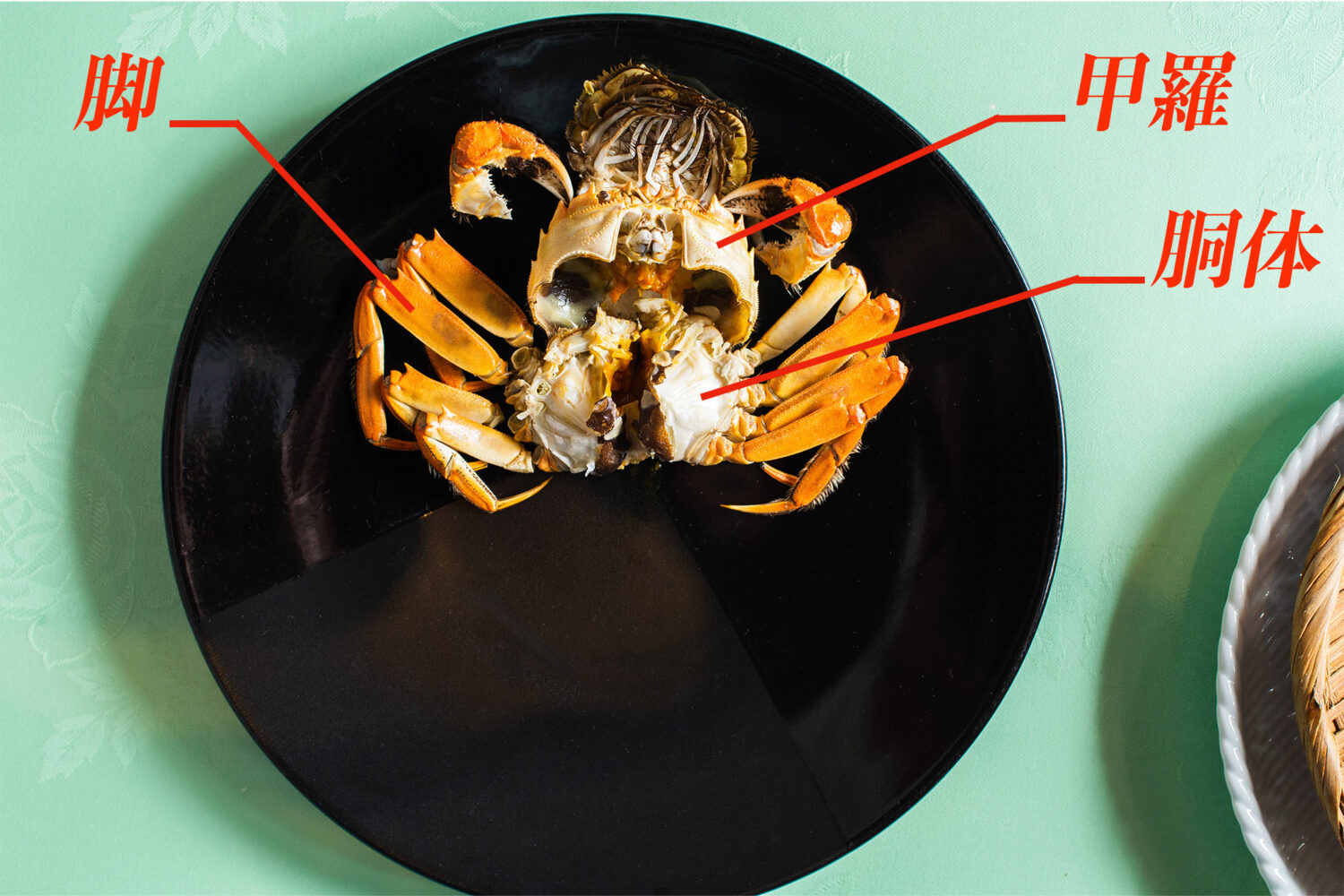
The manager’s crab dissection performance takes just 15 seconds! Don’t miss this chance to learn about the anatomy of a crab.
Dissecting the Male
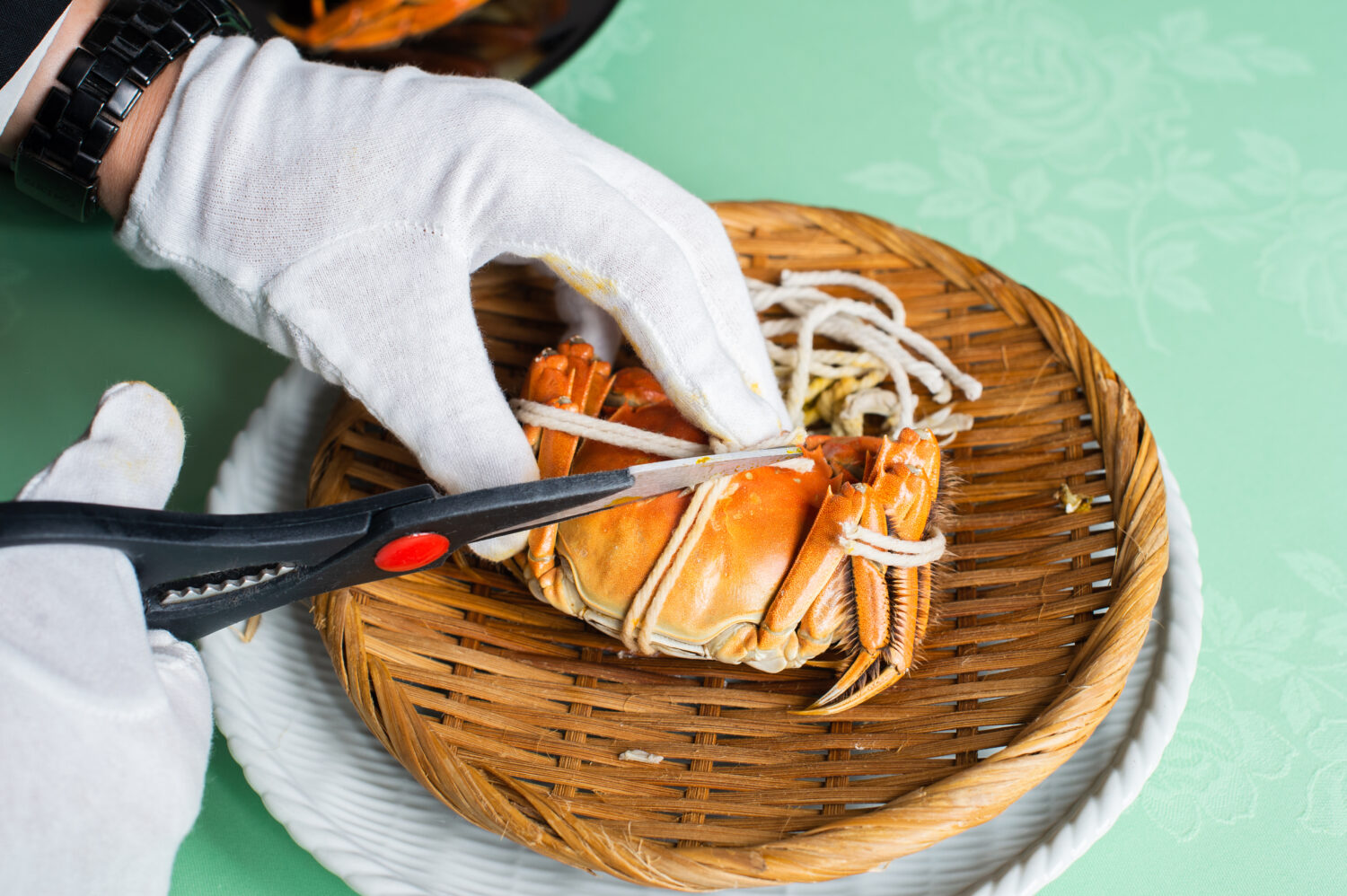
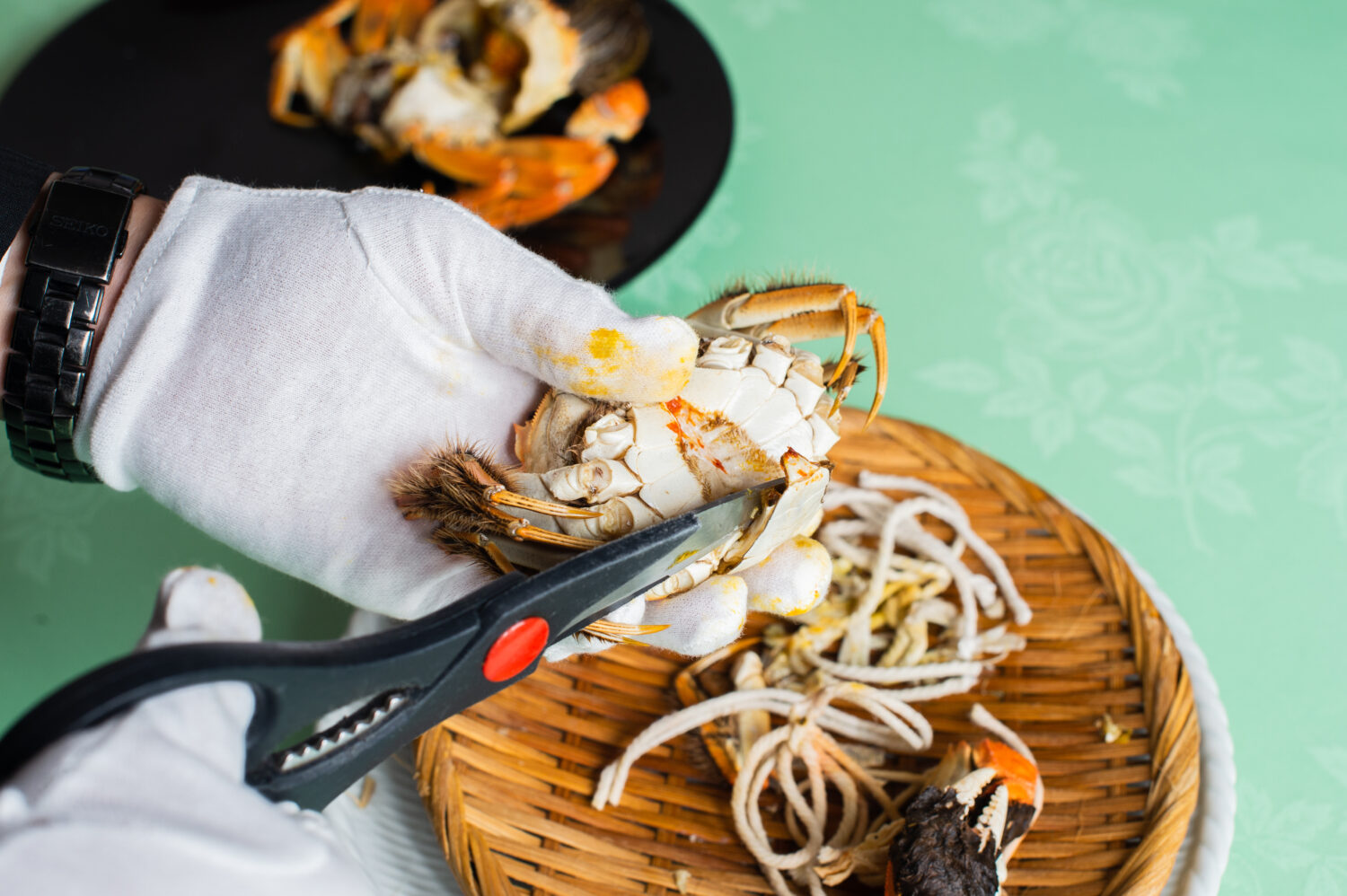
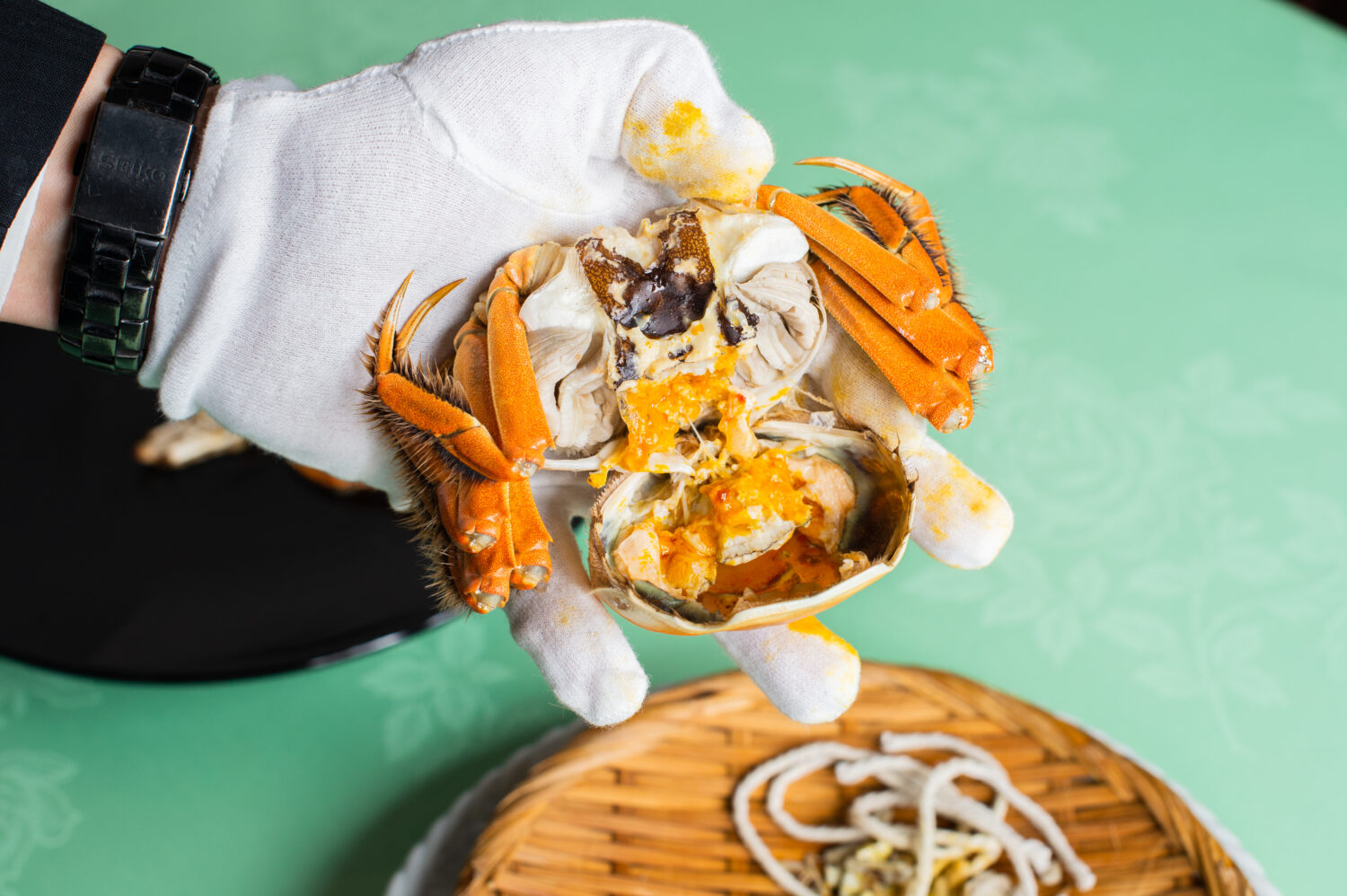
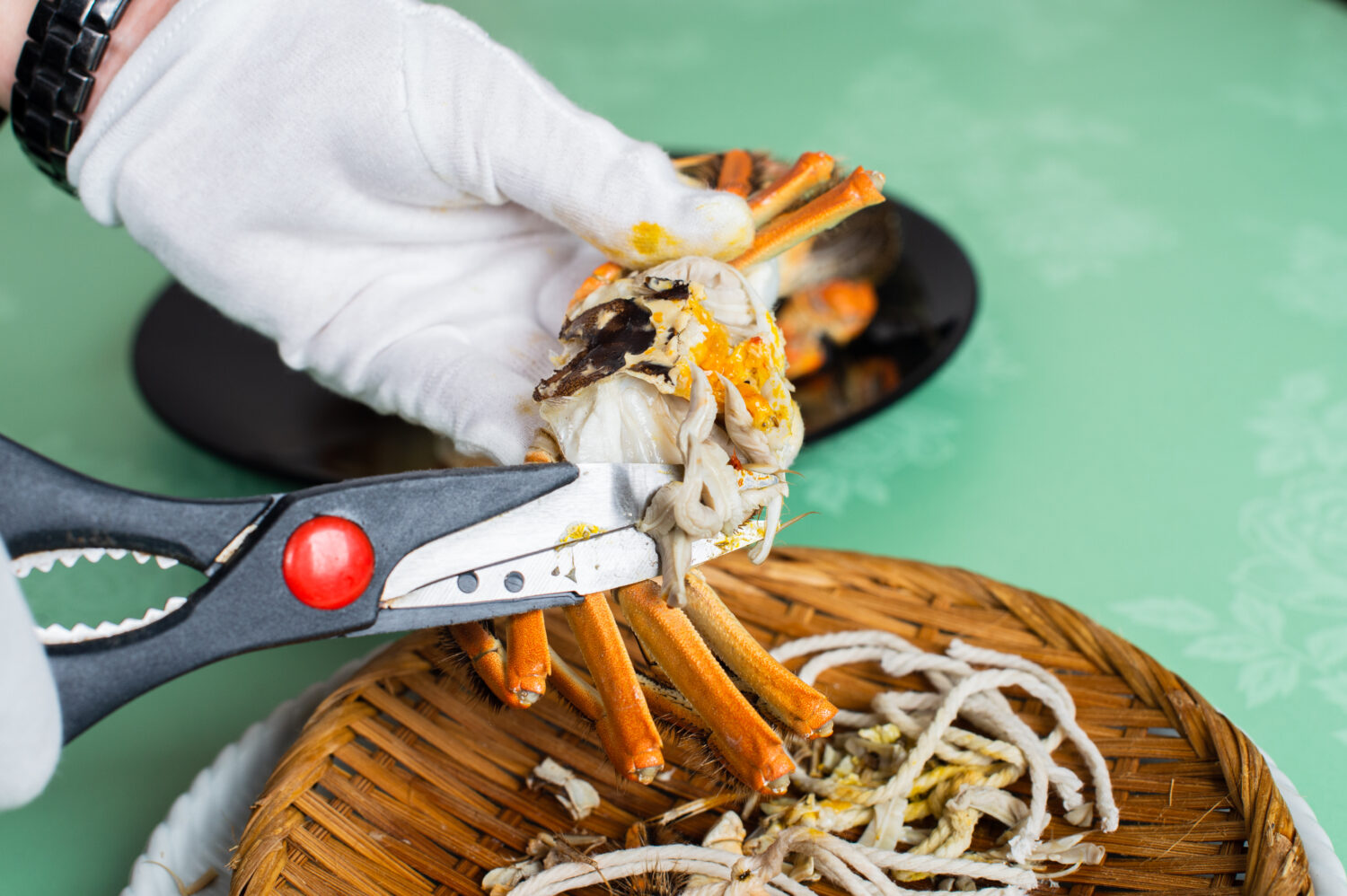
Next, we dissect the male. Just like with the female, start by cutting the string, then remove the “fundoshi,” shell, and lungs.
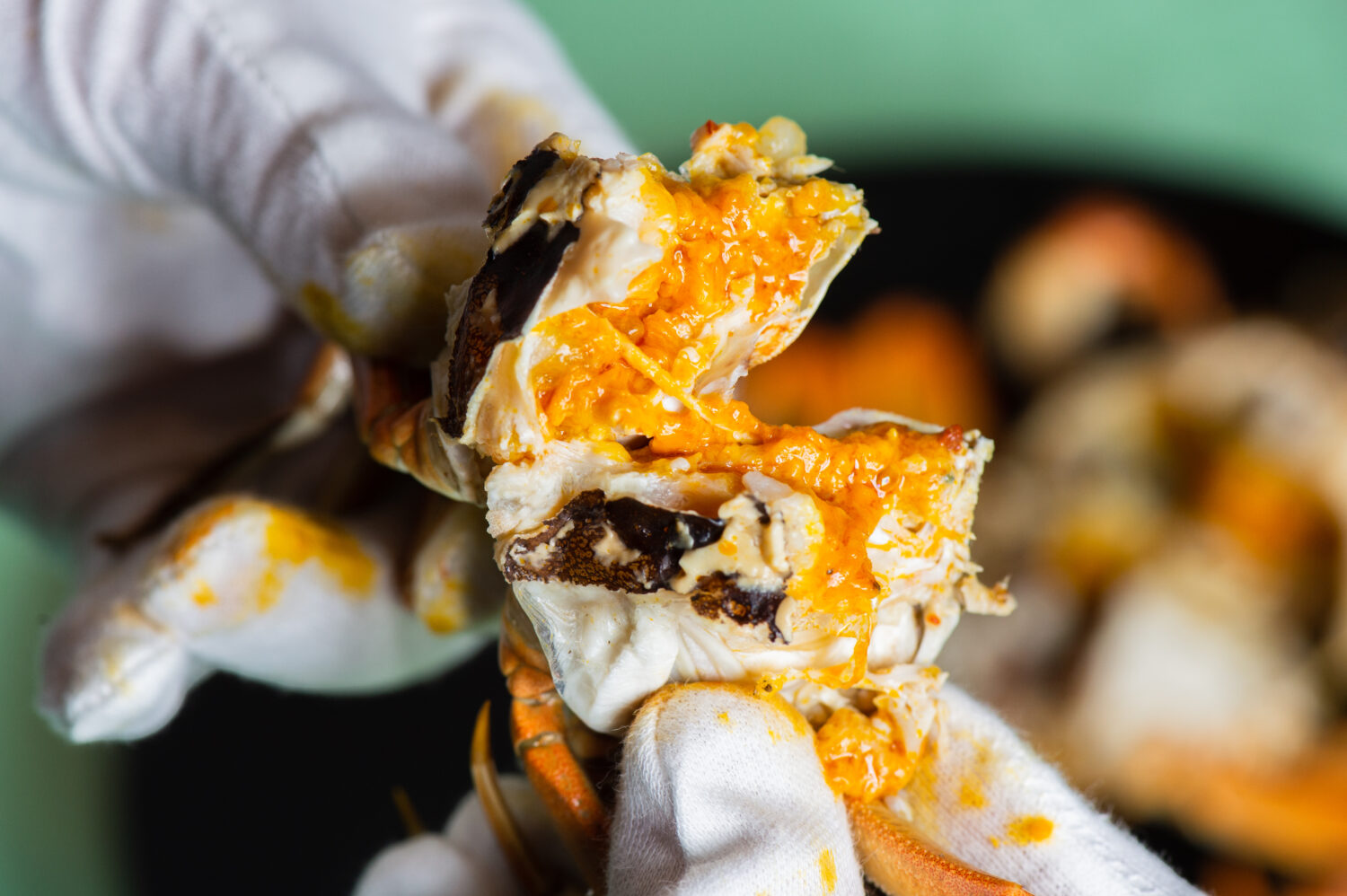
Once opened, the body reveals a rich, bright orange tomalley. The color of the miso depends on the crab’s diet. At Shinsekai Saikan, the crabs are fed corn, which gives them this vibrant orange color!
Start with the Tomalley
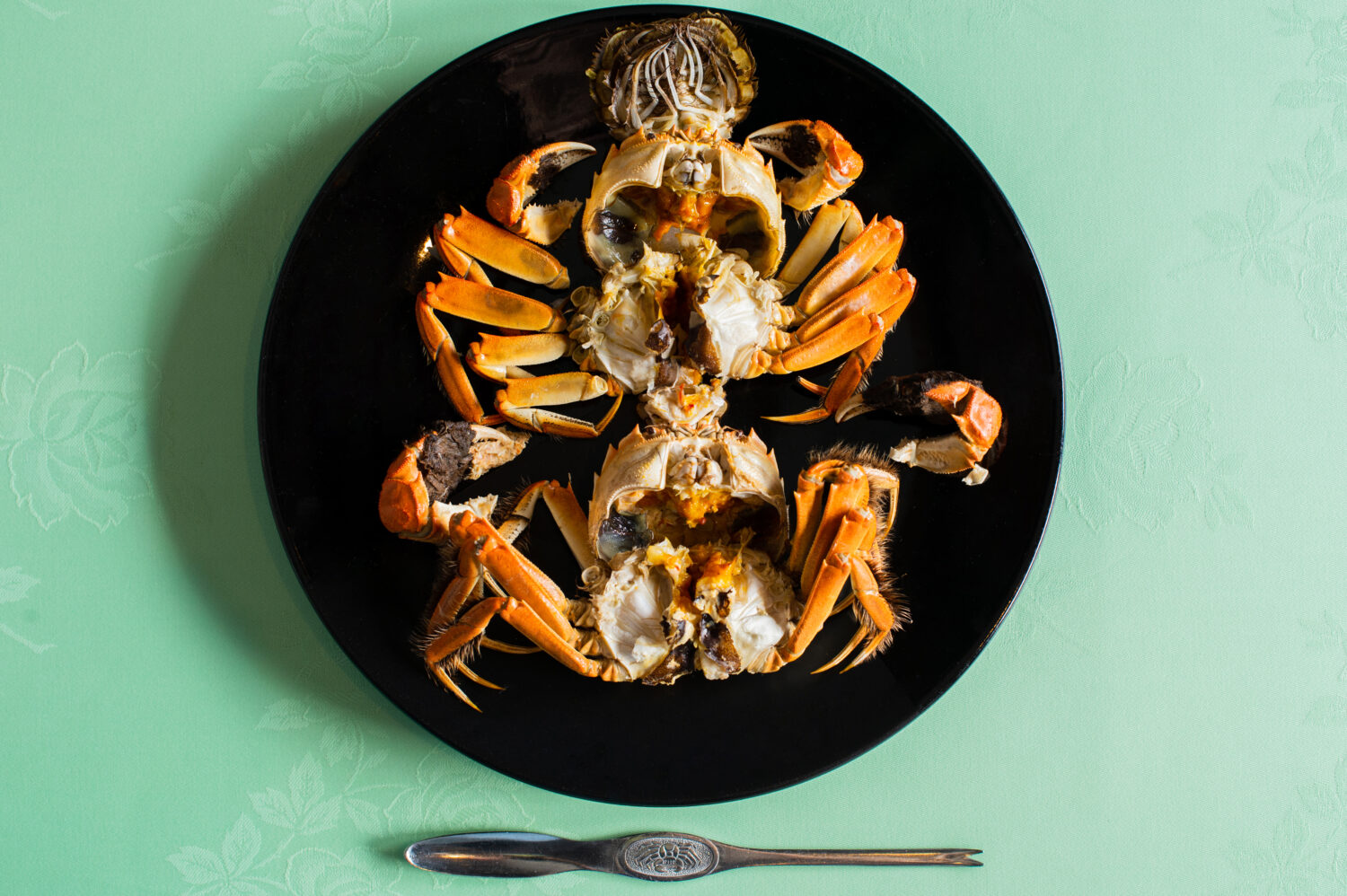
Now let’s eat the dissected Shanghai crab using a crab spoon. A crab spoon has a spoon on one end and a fork on the other. Use the spoon to scoop the tomalley and the fork for the leg meat.

Start with the spoon side to eat the male crab’s tomalley while it’s warm. If you’re a tomalley lover, the male crab is definitely the one to choose.
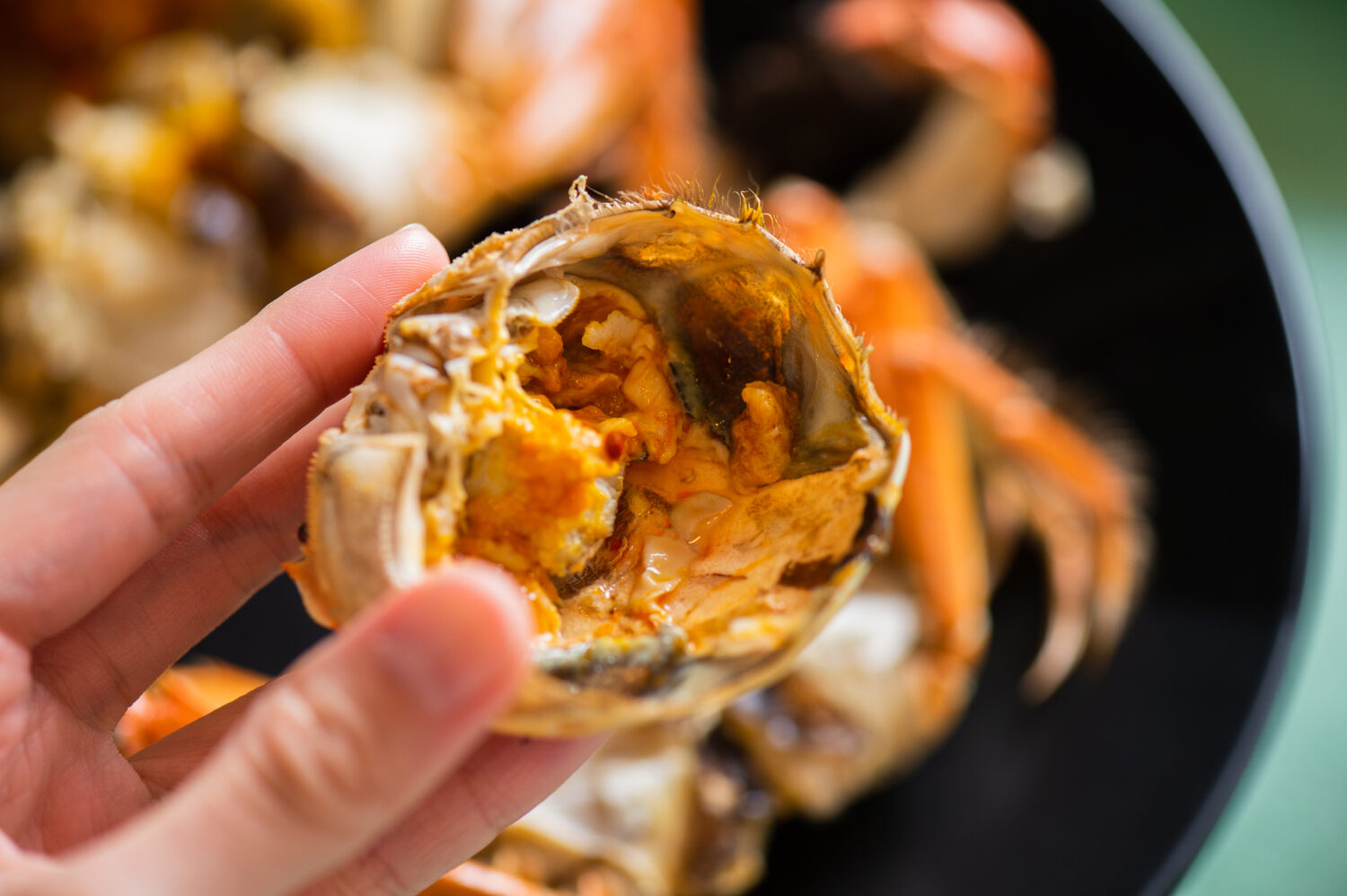
The white membrane lining the inside of the shell is also edible.
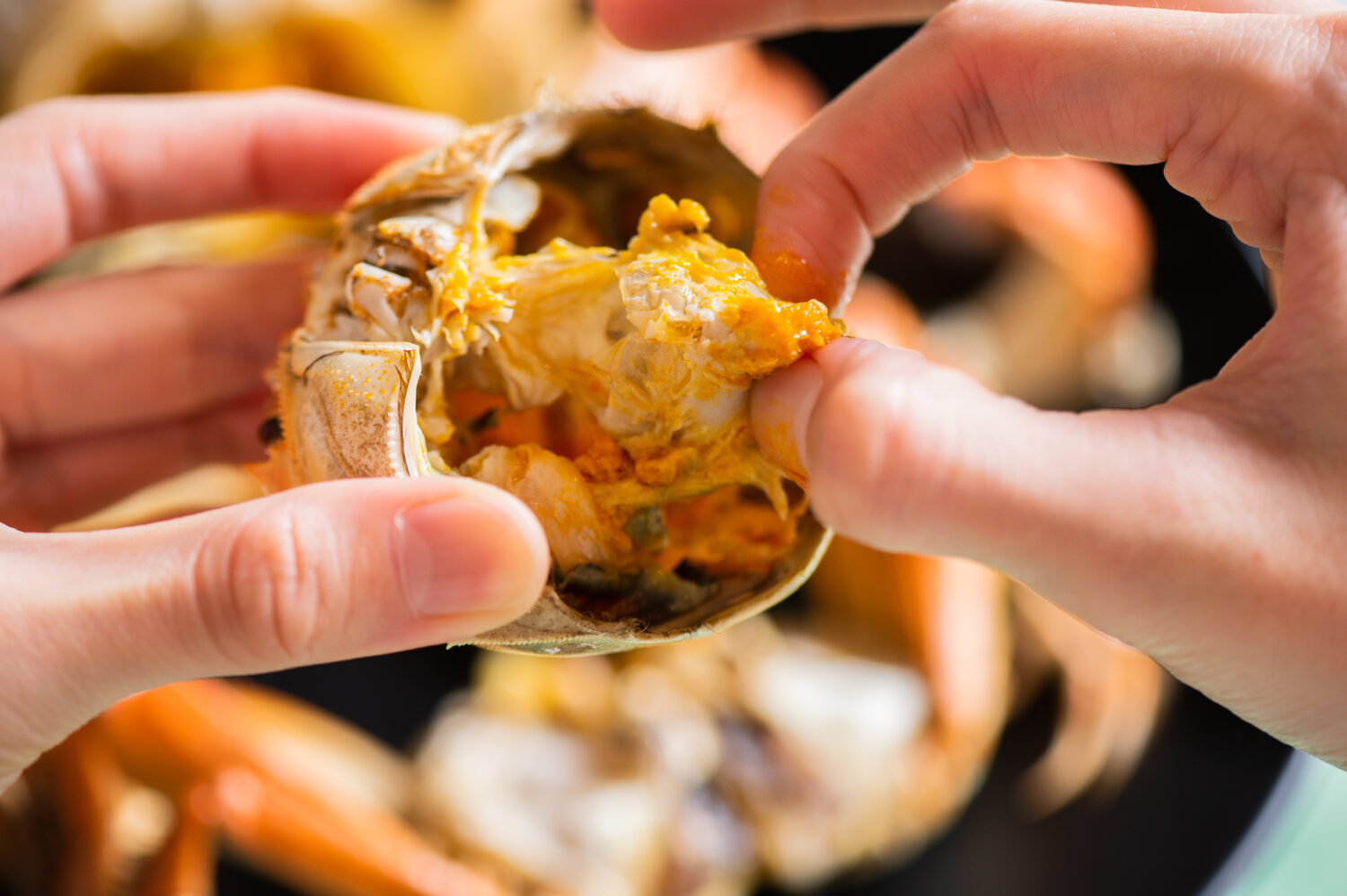
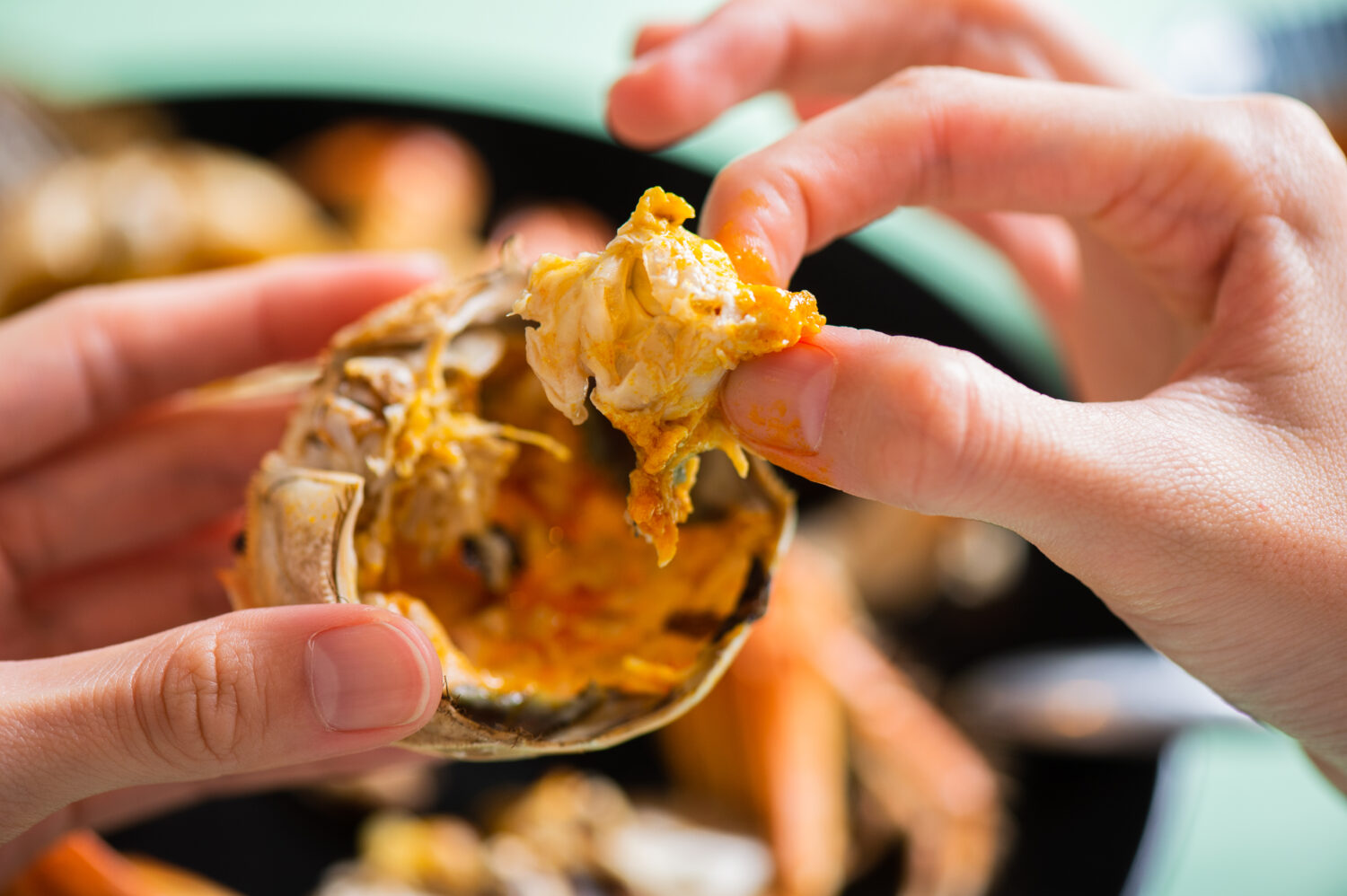
The stomach area, which is surrounded by tomalley, can be pulled out by hand and sucked on to savor the flavor. Since it’s inedible, spit it out once you’re done tasting the tomalley.

The halved body section is also packed with tomalley. Use the crab spoon to carefully scoop it all out. It’s incredibly delicious.
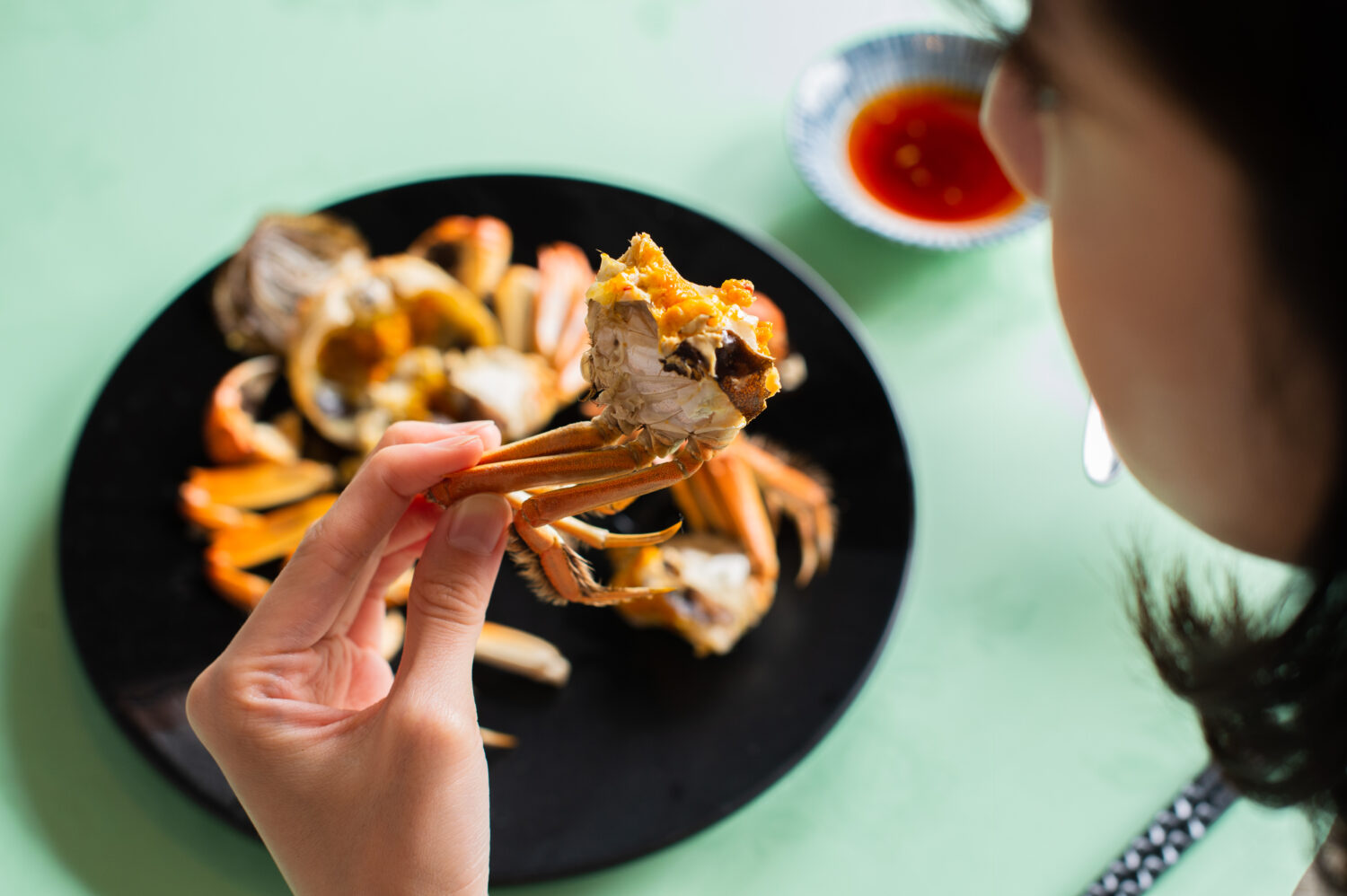
You can also suck directly on the legs attached to the body to enjoy any leftover tomalley!
Eat the Body Meat
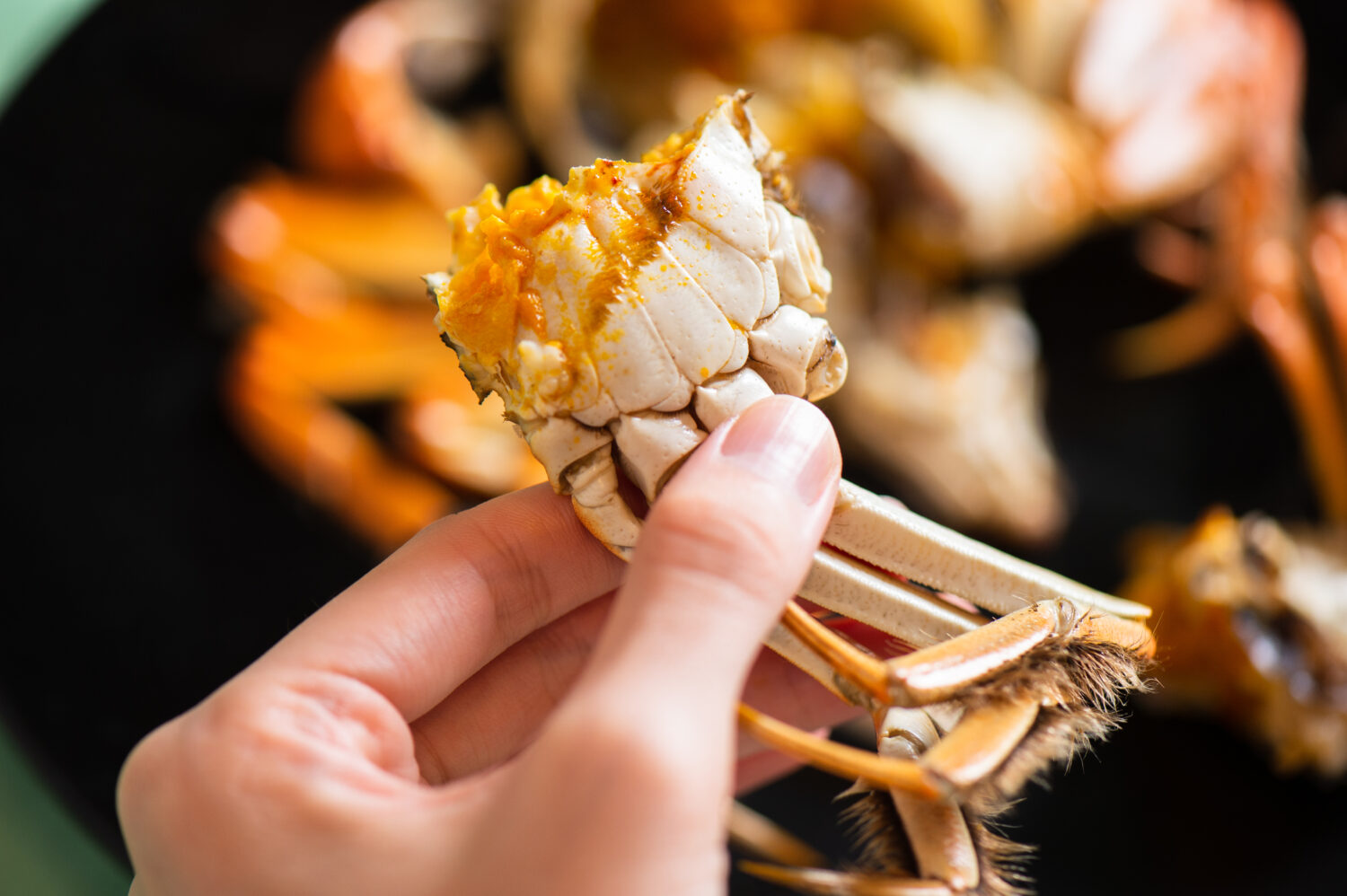
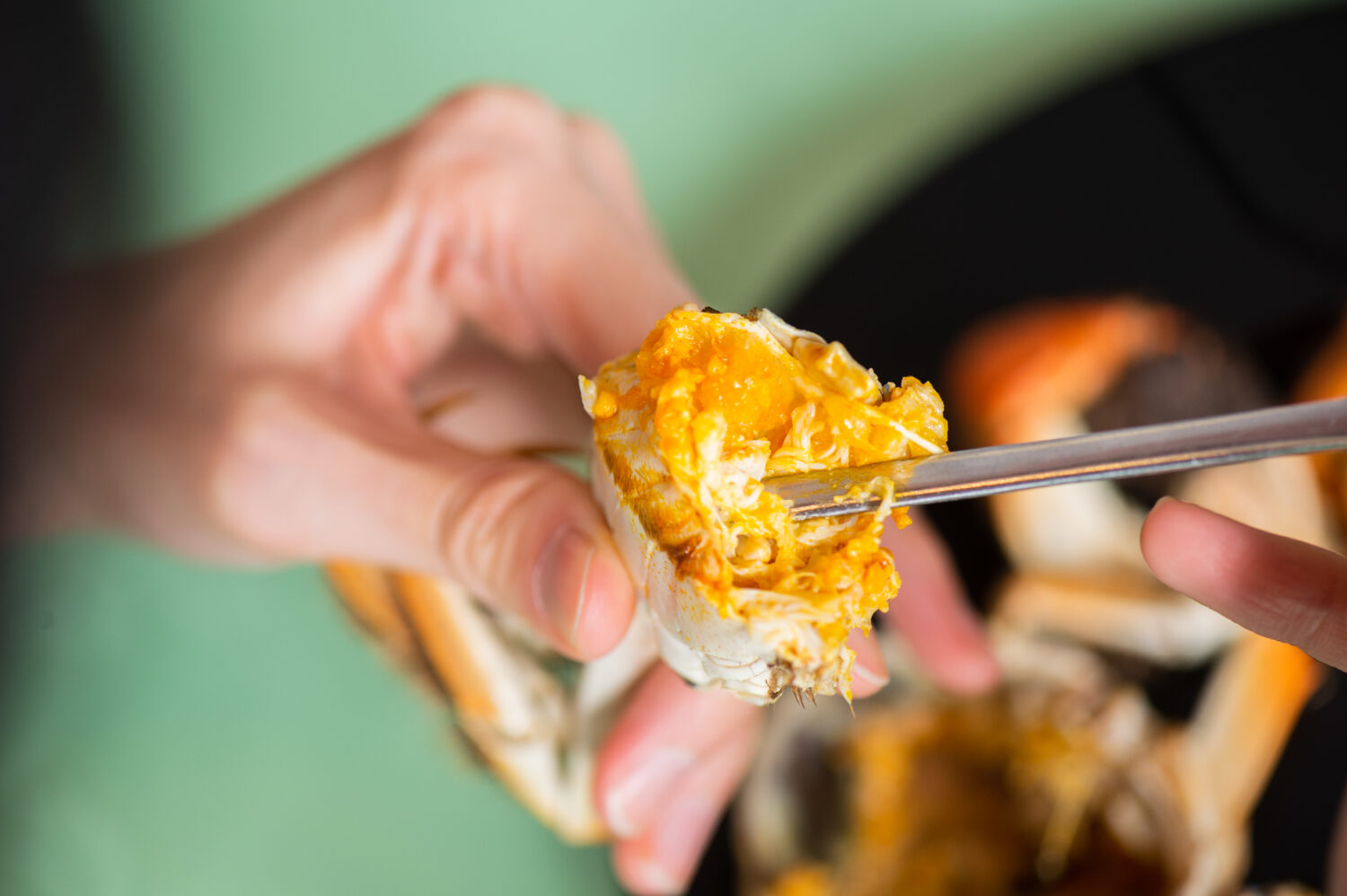
The body section with the legs attached has internal walls that follow the natural lines of the crab. Use a spoon to break down those walls first.


Doing so allows you to scoop out a generous amount of meat at once.
You can place the scooped meat into the empty shell, using it as a makeshift serving dish.
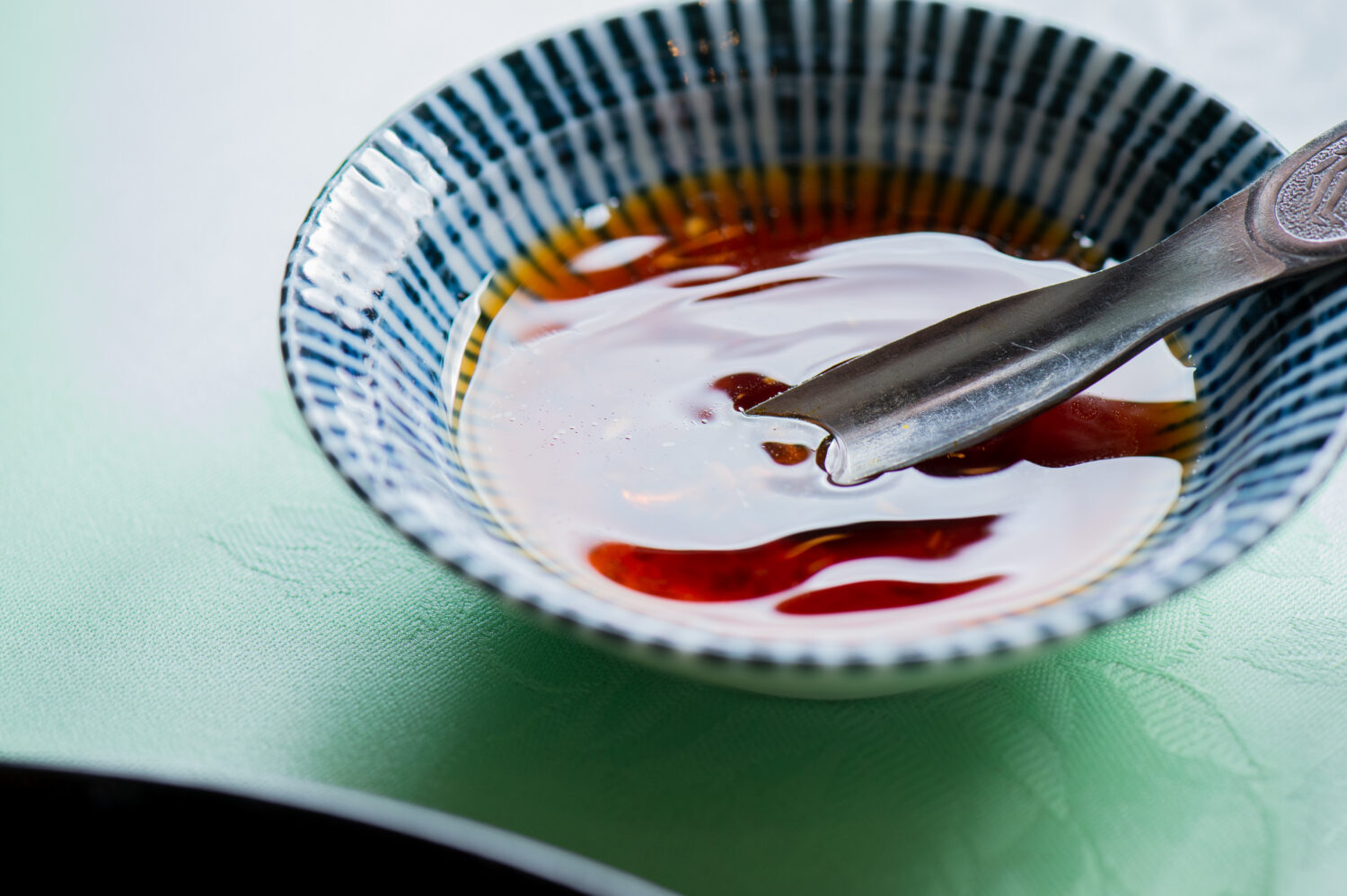
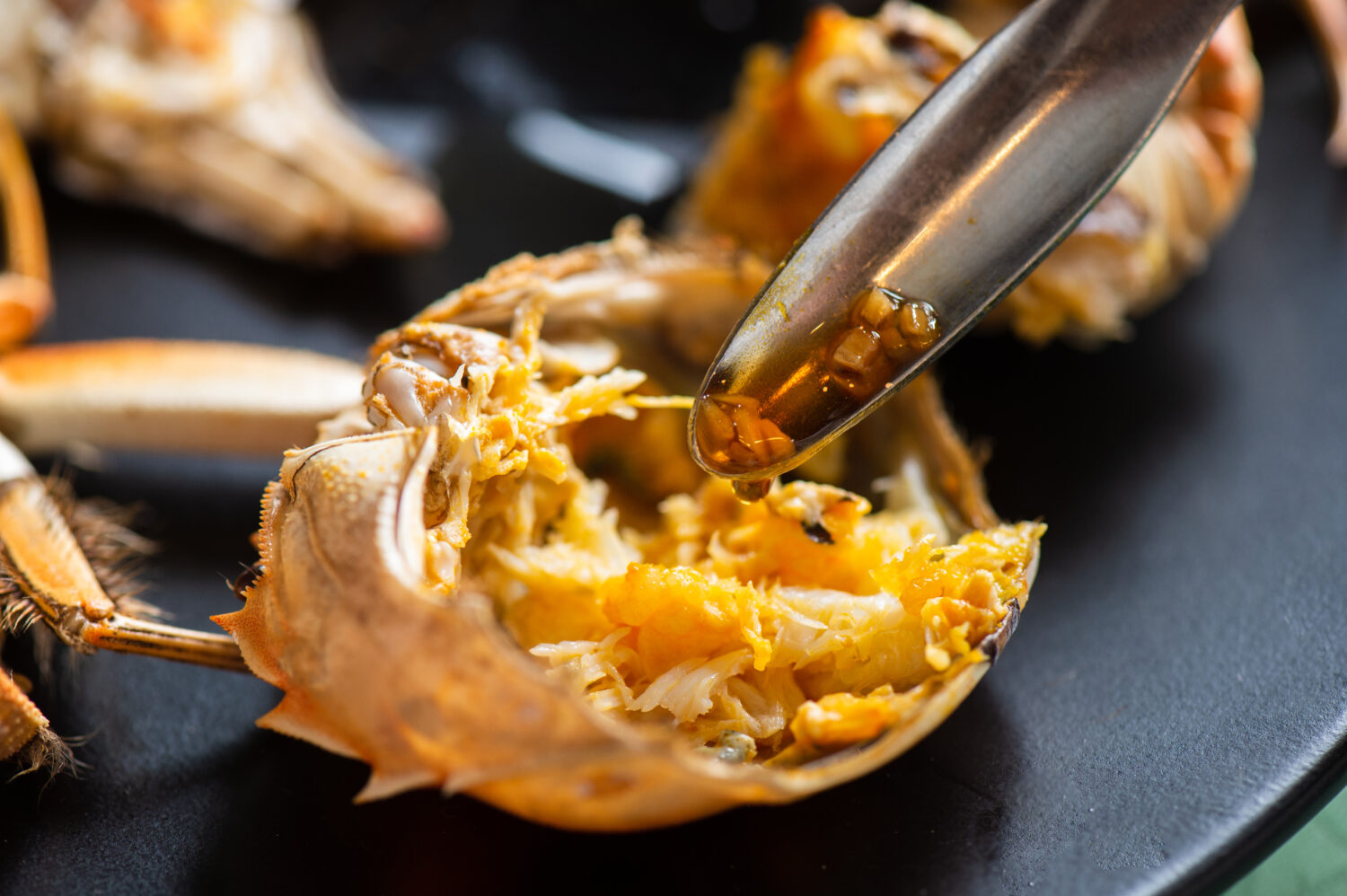
To enjoy the crab meat, dip it in ginger-infused vinegar. Use your spoon to drizzle a little over the meat.
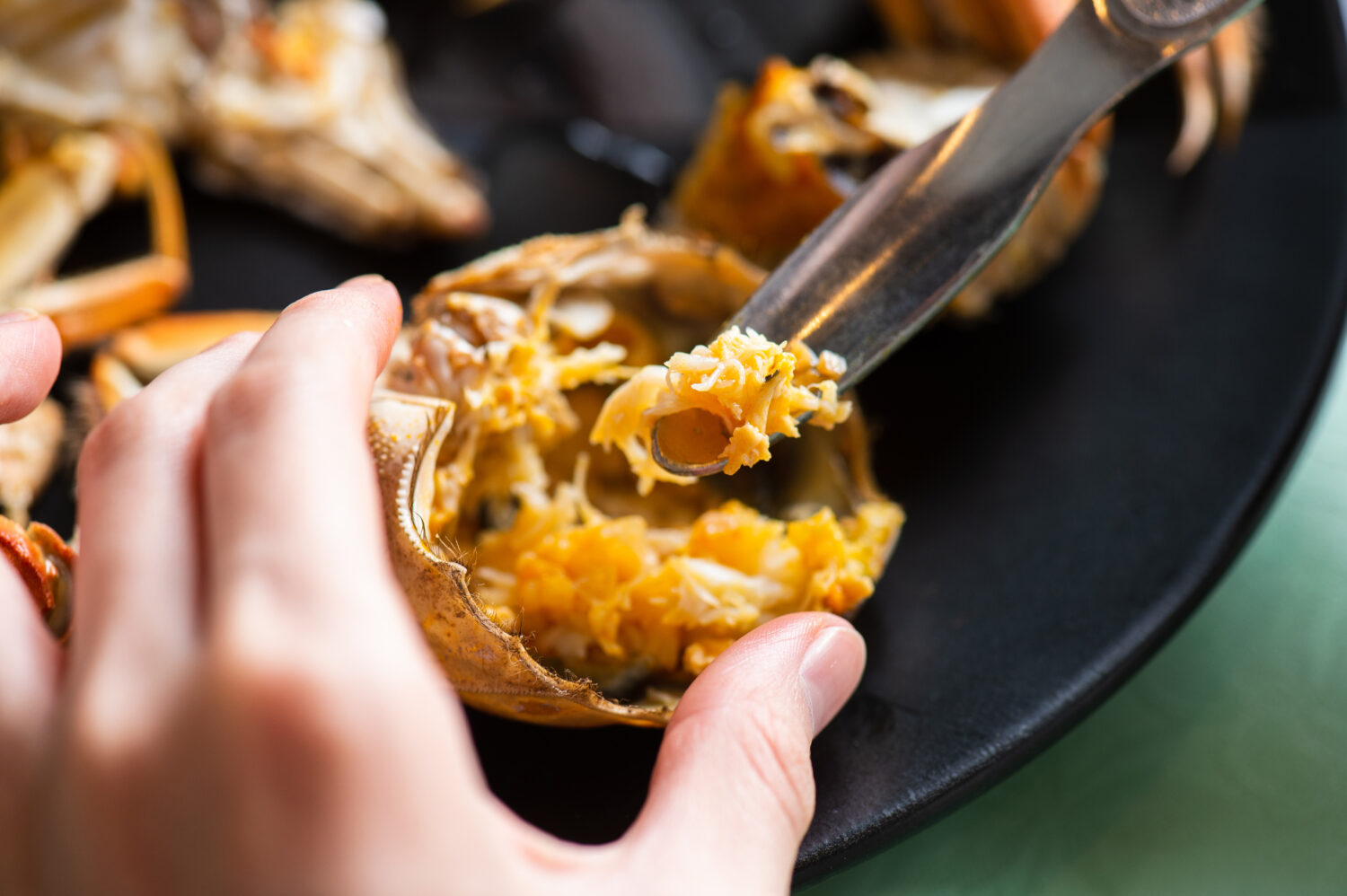
Since crab has a cooling effect on the body, ginger is added to the vinegar to help warm you up. The sweetness of the ginger pairs perfectly with Shanghai crab.
Eat the Claw and Leg Meat
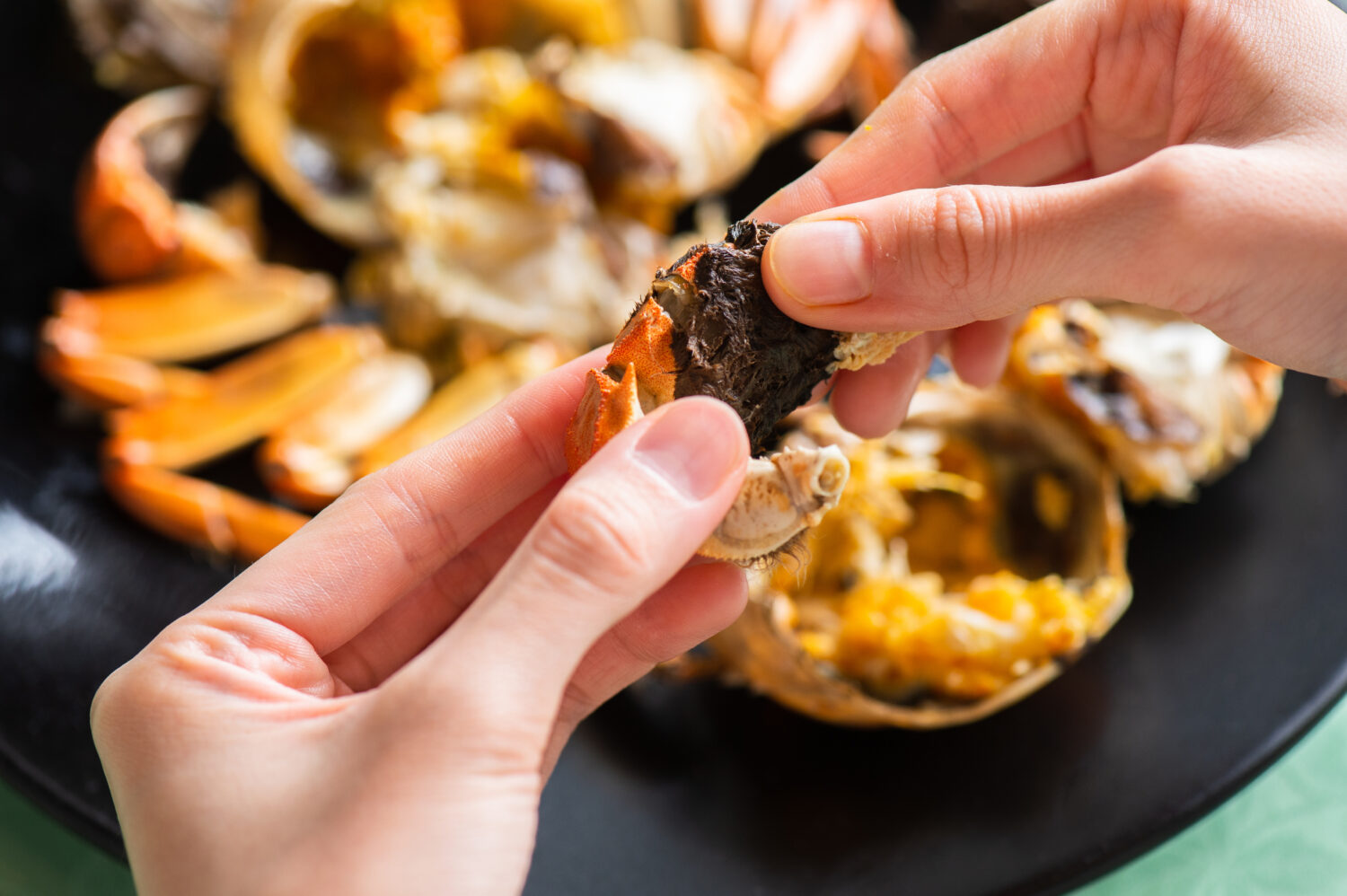
For the male crab’s claw, make a cut down the center using scissors.
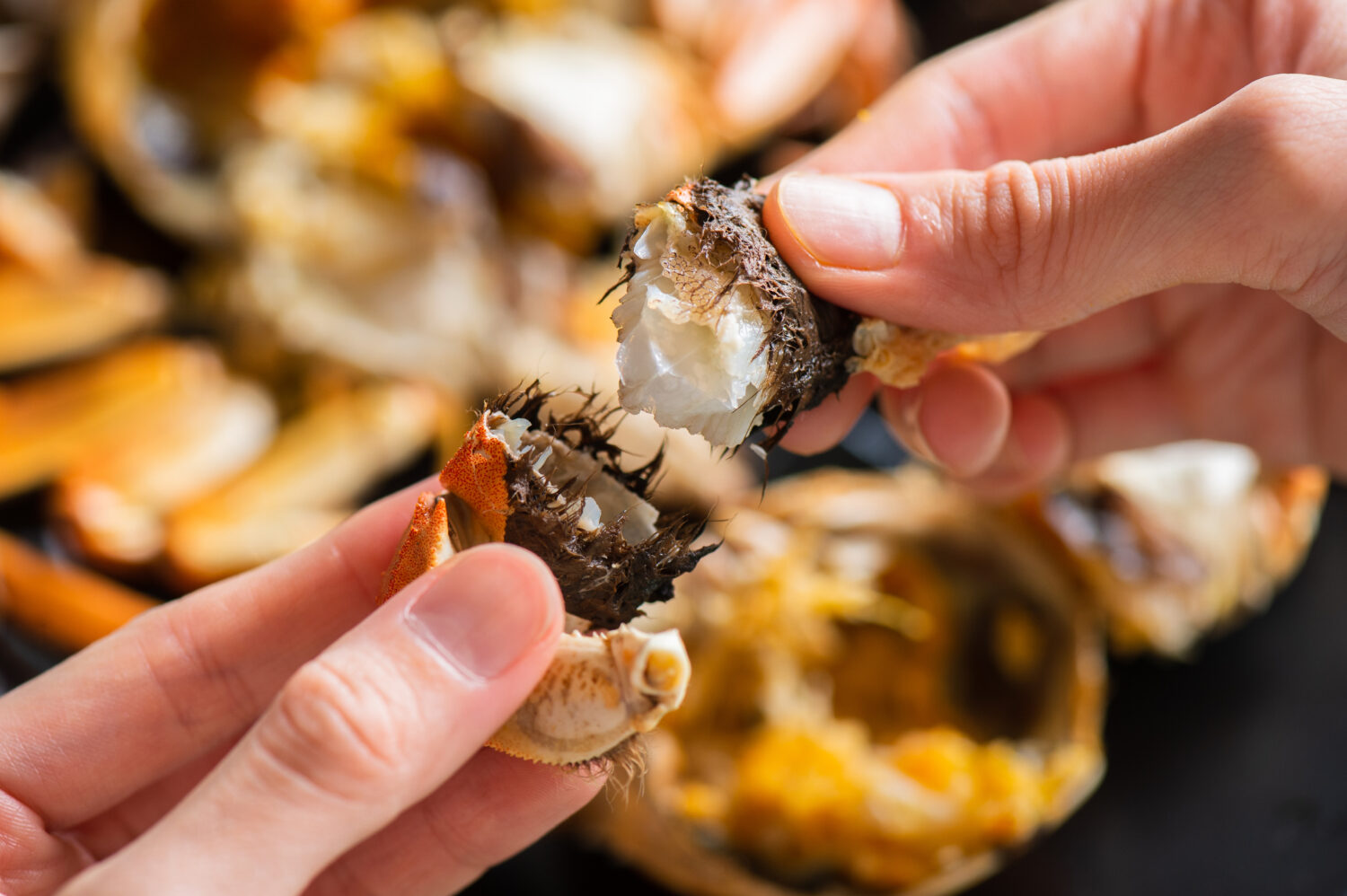
It will split neatly in half, revealing plenty of meat inside.
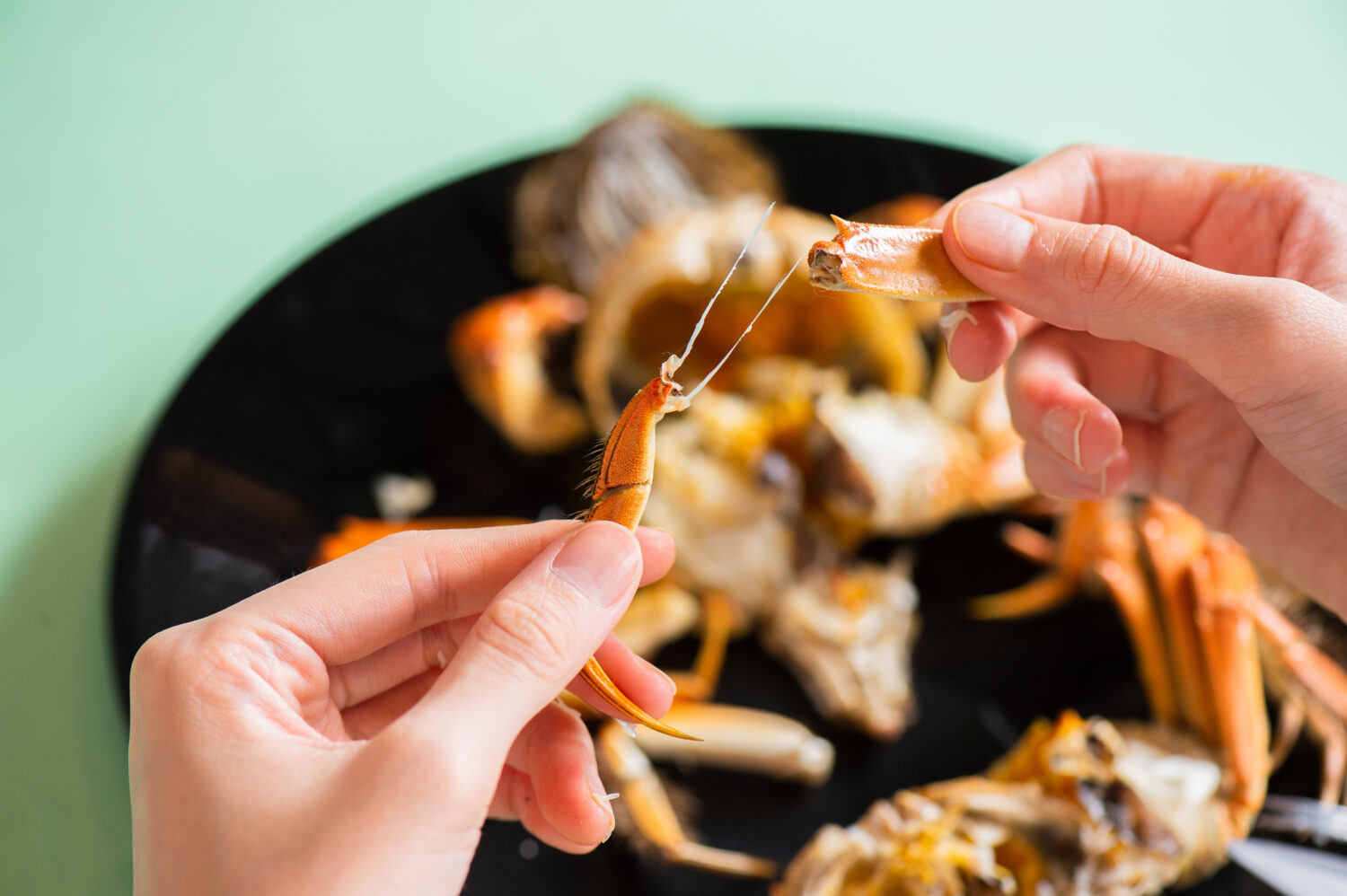
Here’s a clever trick for eating the leg meat!
First, remove the claw tip from the leg section.
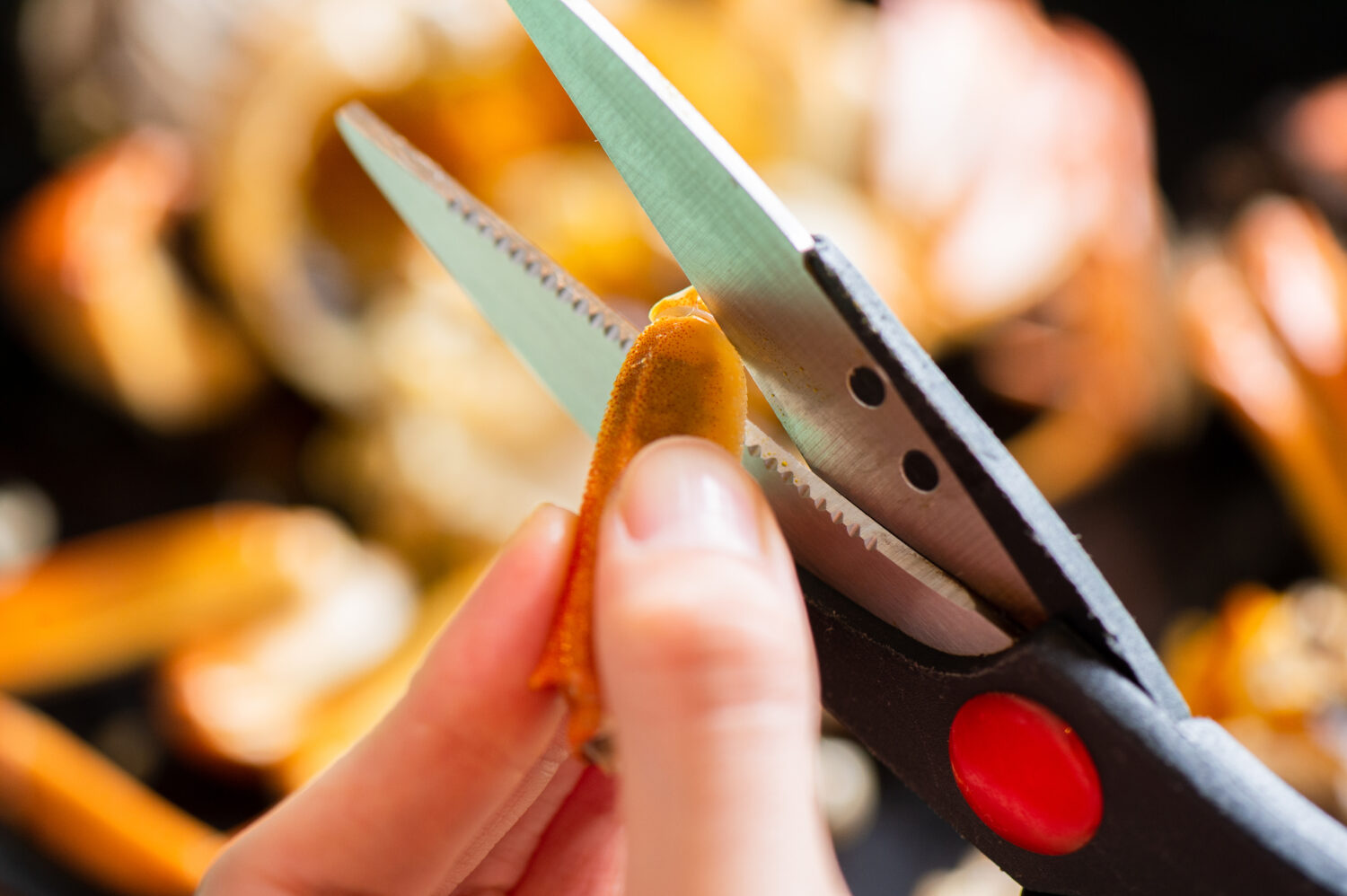
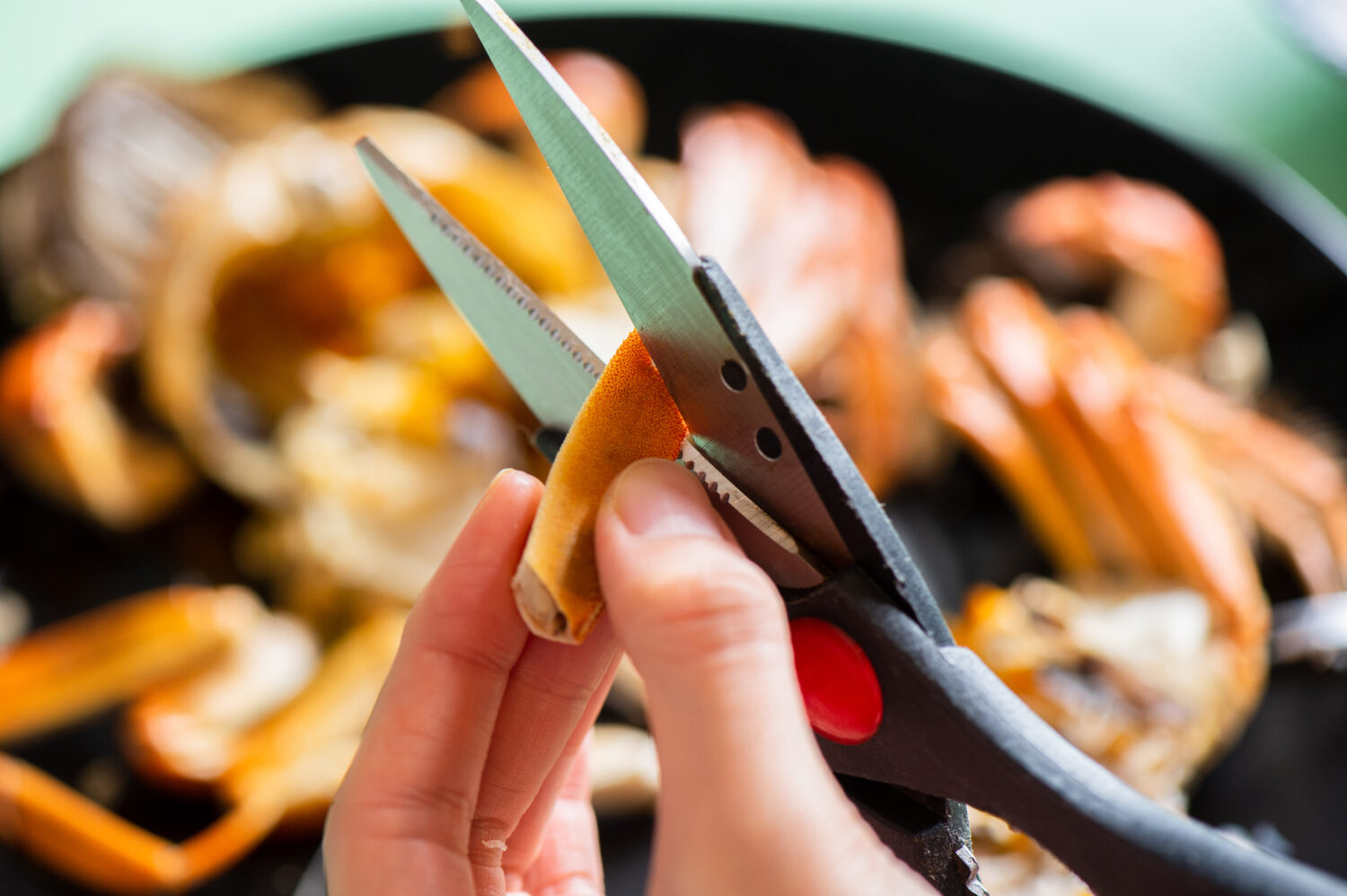
Then, use scissors to cut both ends of the leg into a parallelogram shape.
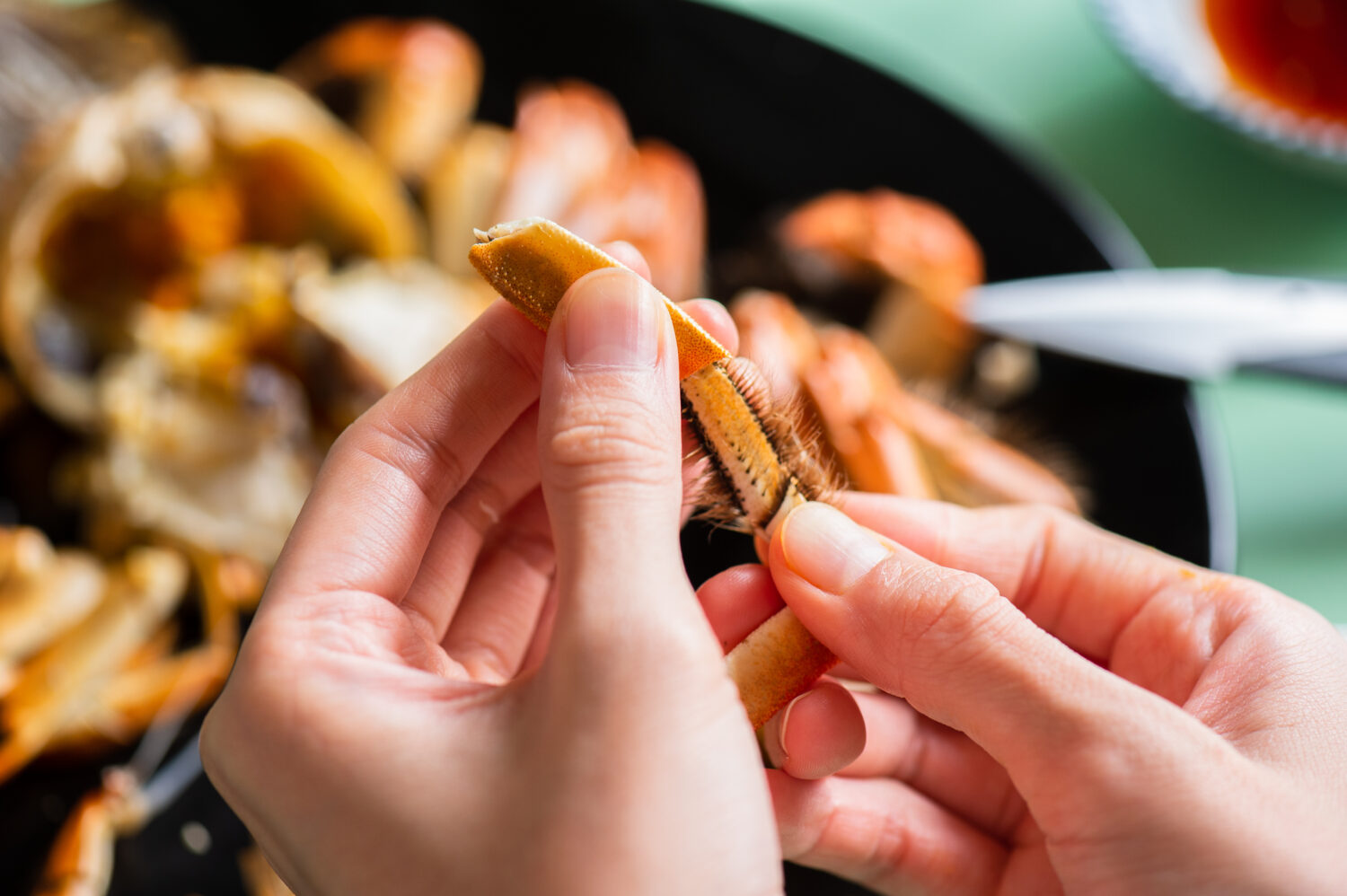

Now, insert the claw tip into the parallelogram opening—it fits perfectly and helps push the meat out cleanly. This trick will definitely impress everyone at the table!
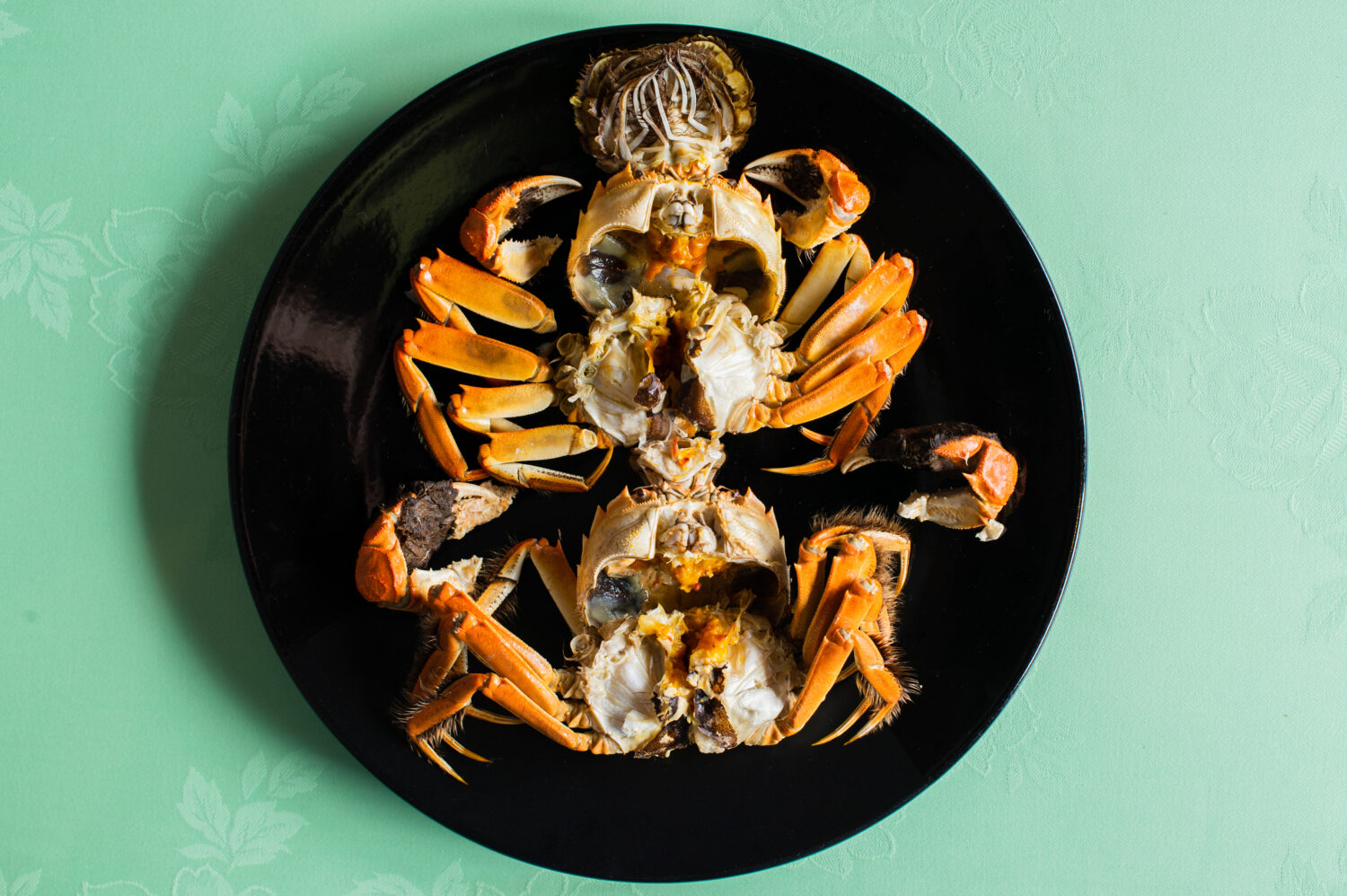
Compared to other crabs, Shanghai crabs are small in size, but their compact bodies are packed with deep, concentrated flavor. It’s a delicacy you’ll want to enjoy again and again during its short season. Why not try Shanghai crab and experience a unique way to welcome the fall and winter seasons?
A long-established Chinese restaurant founded in 1946 and located in Kanda-Jinbocho. The restaurant directly imports Shaoxing wine and Shanghai crab from China. From September to February, many people visit to enjoy the seasonal Shanghai crab. Steamed Shanghai crab is also available for takeout.
*The information is based on the time of reporting or creation, and may differ from the current situation.
tags:
share:











